
The comfort of the club suites has been improved by the recent introduction of bed linen by the White Company. Image by Nick Morrish/British Airways
British Airways has had a hard time from business travellers, some of it justified. But LUX Editor-in-Chief Darius Sanai rediscovered his fondness for the airline on a recent long-haul trip
In the world of the affluent intercontinental business traveller, there are various unwritten rules. One regards jet lag affecting your schedule: it doesn’t. (We recently found an HR manual from the early 2000s which specified a full rest and recovery day for employees on landing after any long-haul flight, which seems as antiquated as exchanging telegrams now.) 14 hour flight, straight into meetings whatever time zone your head is on, followed by dinner and an all nighter as you catch up with everyone in your original timezone. The next morning, kick off at 7 and work through until, and on, whatever flight comes next.
Follow LUX on Instagram: luxthemagazine
Another rule regards local customs and language. For a while, pre-globalisation and social media, it was considered polite to learn a little about the country you are doing business in, and perhaps a few key phrases of language. Now, when any four year old can have instagram friends in Bolivia and Vietnam, local customs are for kids. As for language, speak English and just ask Siri. (An important exception to this appears to be China, which is gearing up for the reverse, its own global cultural expansion).
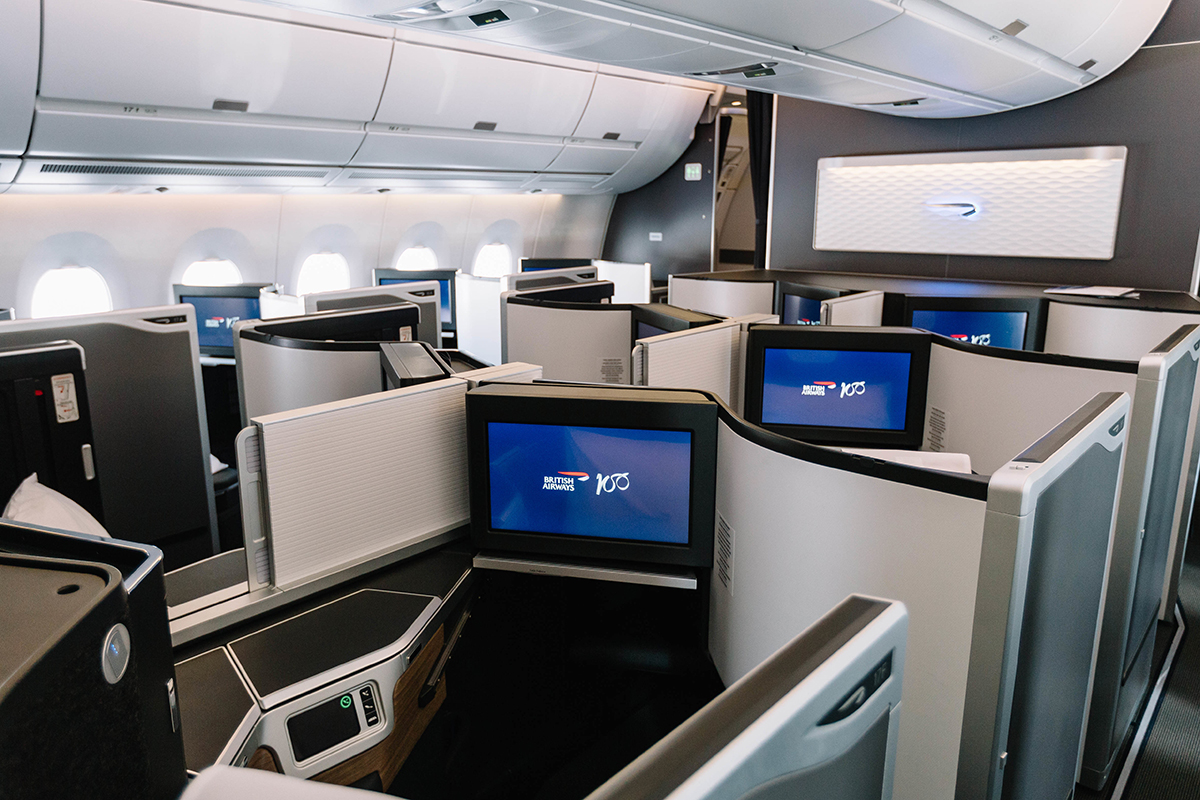
BA’s Club World has previously received criticism for its seat layout, but the new flatbed units are more private than in other airlines, says Darius Sanai
Both of these rules seems to have seeped into general business culture from the all-work-no-play USA, and specifically from companies like McKinsey and Bain, where a staff member who sleeps at all is an unproductive staff member with spare capacity.
And finally, if you come from or have anything to do with the UK, there’s the British Airways bashing. It seems to be de rigueur to use one fo the following stock phrases: “I had to fly BA, everything else was full,” “I actually prefer the service in (fill in airline) economy class to BA Club” or “(Fill in airline) business class is way better than even BA First”.
Well, after a period of flying long-haul business class on a number of other, acclaimed, airlines, LUX returned to the BA fold for a recent flight from London to Hong Kong and back from Singapore, and whisper it, but we beg to differ. (We should also state here that we paid full fare for all our flights, including the BA ones, and that LUX has, despite our top-tier Gold frequent flyer status, not taken any flights comped or subsidised by BA, or any favours at all from the airline, over the past five years).
Read more: Parisian tailoring house Cifonelli sets up shop in Mayfair
For starters, there is the pre-flight routine. Take any other airline out of London, and you have to either go through the normal security scrum or, in a handful of cases, get chauffeured to a dedicated check in. Given the traffic in London and around Heathrow and concomitant stress about arrival time, we would take our BA option any day: a 20 minute, tranquil Heathrow Express (always upgrade to Business First class), followed by dedicated security at the BA Wing of Terminal Five, which sees you walk from train station to lounge in three minutes (record) and six minutes (average), without having to deal with the main security melee or the crowds of shoppers on the other side. The First lounge itself is spacious and comfortable with open views and the wines and food are good (though not exceptional) – although the cleanliness (simple table wiping, hello??) still needs attention.

British Airways’ Concorde Room at Terminal 5, London Heathrow. Image by Nick Morrish/British Airways
Then, on the plane. BA’s Club World has received some flak over the years for its seat layout, where passengers in their seat-bed pods sit awkwardly facing each other in opposite directions at takeoff and landing, and where passengers in one row need to step over the feet of sleeping passengers in the next to access the aisle. I think this is partly justified, and have been known to deliver a hefty kick to one fellow passenger who kept waking me up by repeatedly whacking into my feet as he stepped over me to access the aisle (seriously, if you’re under 70 and can’t step over an obstacle 50cm high, you need to do something about your fitness).
The flip side is that the flatbed units are actually less exposed to the aisles than in other airlines, and that your head and upper body lie very cosily in the unit when you are asleep.
A big improvement was the recent introduction of bed linen by The White Company; I had thought this would be a superficial gesture, but the soft bottom mattress protector, smooth duvet and puffy pillow are superior to the offerings on any other airline I have flown. Meanwhile, all-new Club World suites are being rolled out shortly, promising a step change (excuse the pun) in quality.
Read more: Jetcraft’s owner & chairman Jahid Fazal-Karim on global trading
BA also seems to have made an effort to address an old gripe from long haul travellers, the service. This isn’t yet at the levels of the top Asian airlines, but staff have made a step change in service, willingness, and helpfulness, and, call me American, but it’s rather nice dealing with people who speak English as a native language and who have the same cultural references – a call for a late night KitKat brought the requisite chocolate bar, not a cuddly toy.
The accoutrements of the flights are also excellent: tablecloths, proper cutlery, nicely printed menus, a good choice of food and a cute snack bar with an array of fruit and snacks. The wines are still not up to the celebrated standards they were before the previous round of cost-cutting, but at least they are not getting any worse and contacts at the airline say there are plans to reinvest in them. (Tip: always drink the champagne. Although BA Club World no longer serves prestige Cuvée champagnes as standard, they are always good and you are drinking a much more expensive product than the wines, which typically cost a third of the price per bottle, or less, of the champagnes. This applies to almost all airlines.).

Club Class onboard dining choices are excellent, but the wine is still not up to previous BA standards
And while the BA Arrivals Lounge at Heathrow may not have the quality of bathroom as the American Airlines one, it serves a killer English breakfast with particularly superb mushrooms, in a tranquil post-flight atmosphere, and also has free massages available in its Elemis spa.
After my latest round trip, I asked myself if I would insist to my travel bookers on trying another long-haul airline first next time; and my conclusion was that I would ask them to try BA first of all, for a combination of the reasons above. As long as the airline doesn’t let things slip again as it did when current CEO Alex Cruz first took over (note to Alex: reinvest in the wines. People care and it’s important for your brand). And now comes the hard part: getting the long-haul business travel warrior community to talk about flying BA as a boast, not an excuse. You heard it first here.
For more information visit: BA.com

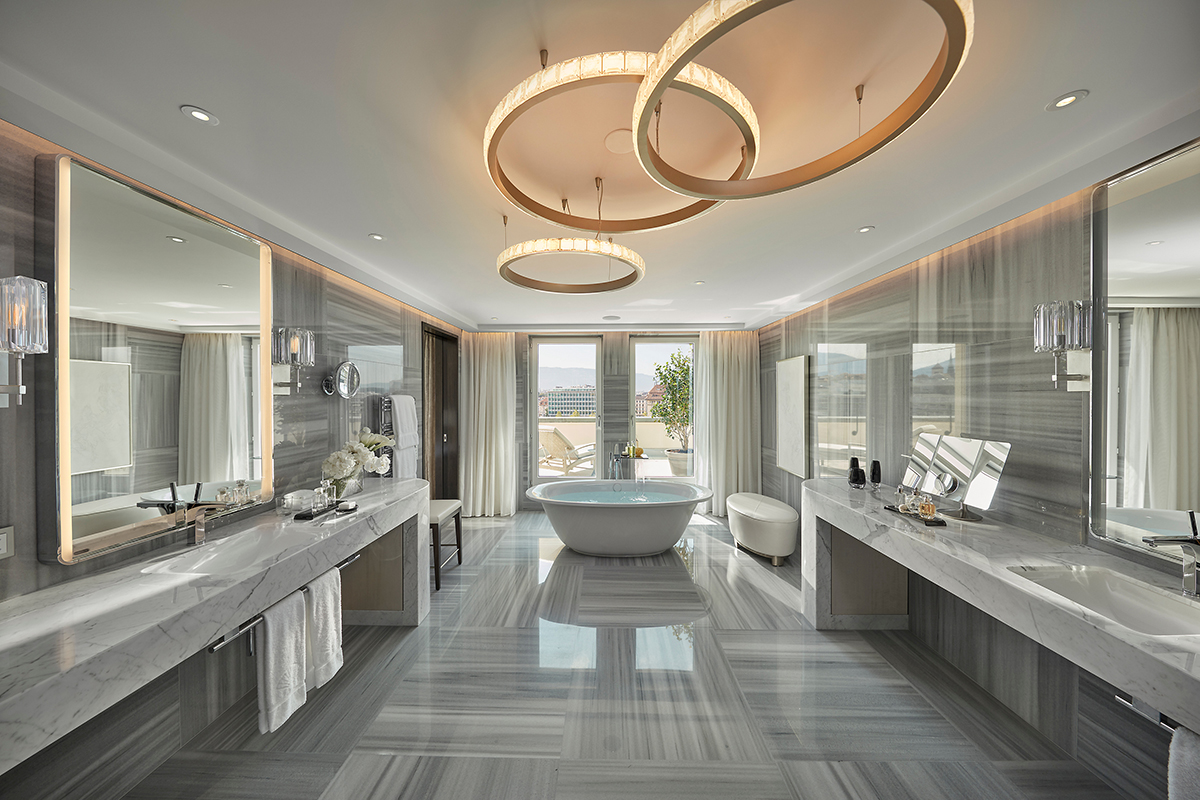
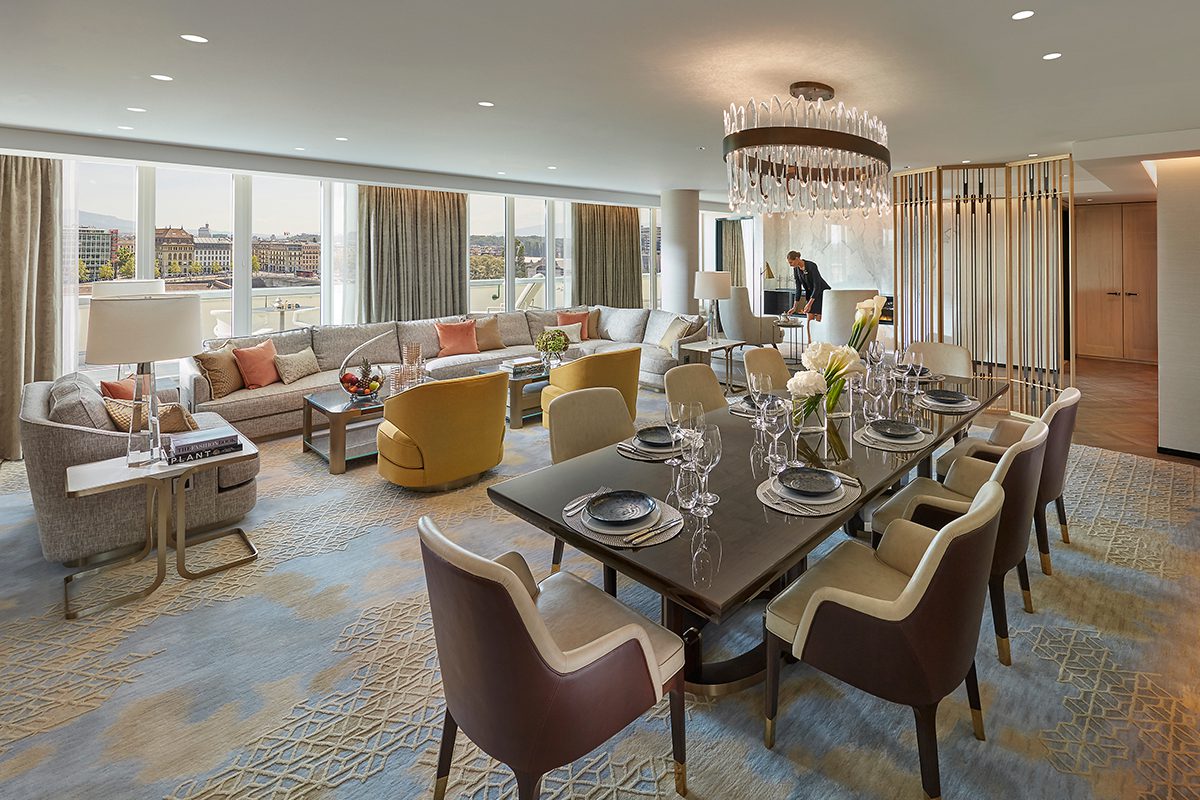
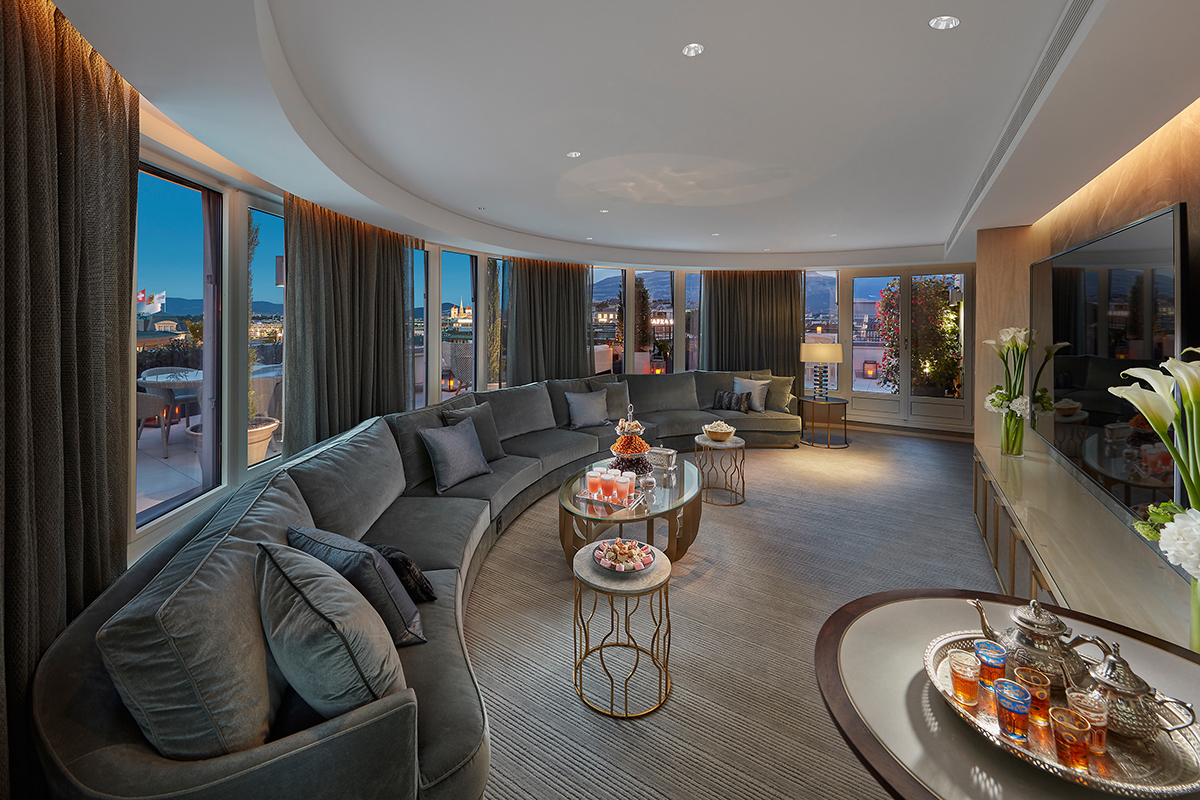
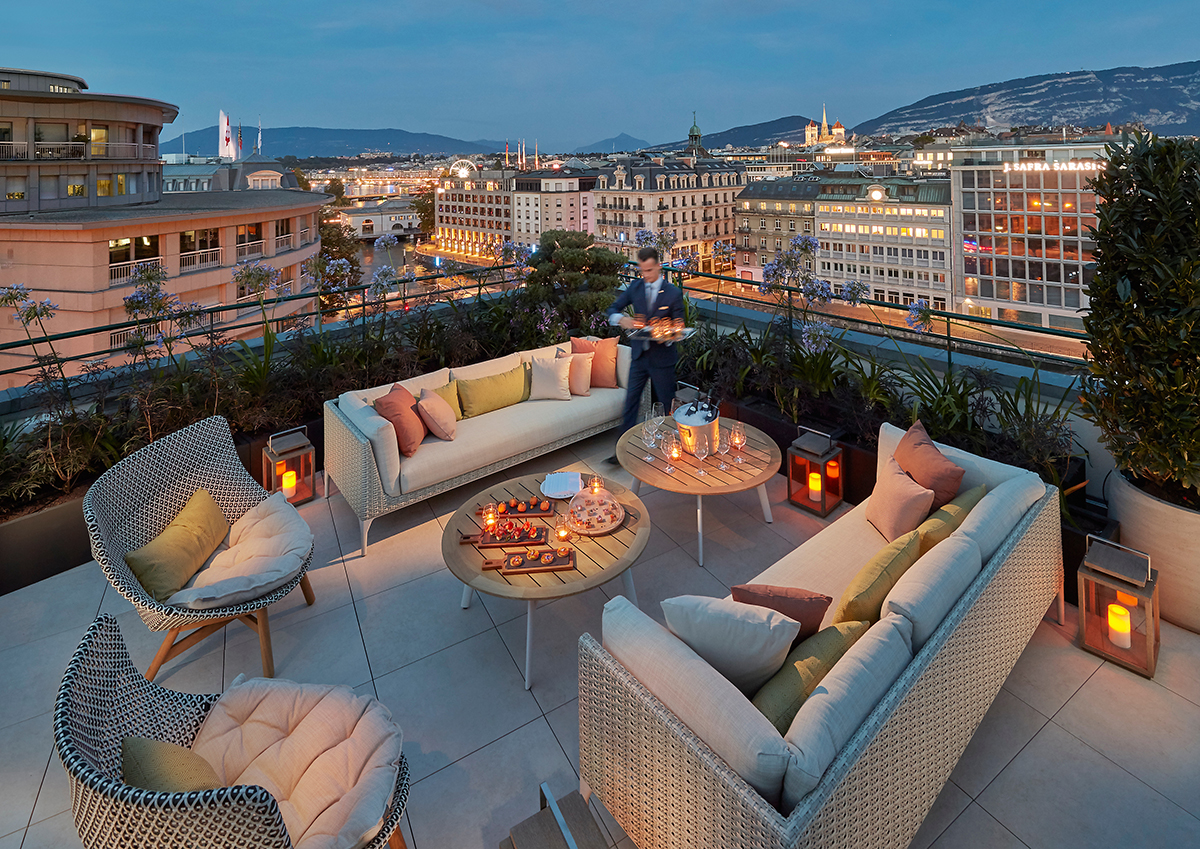



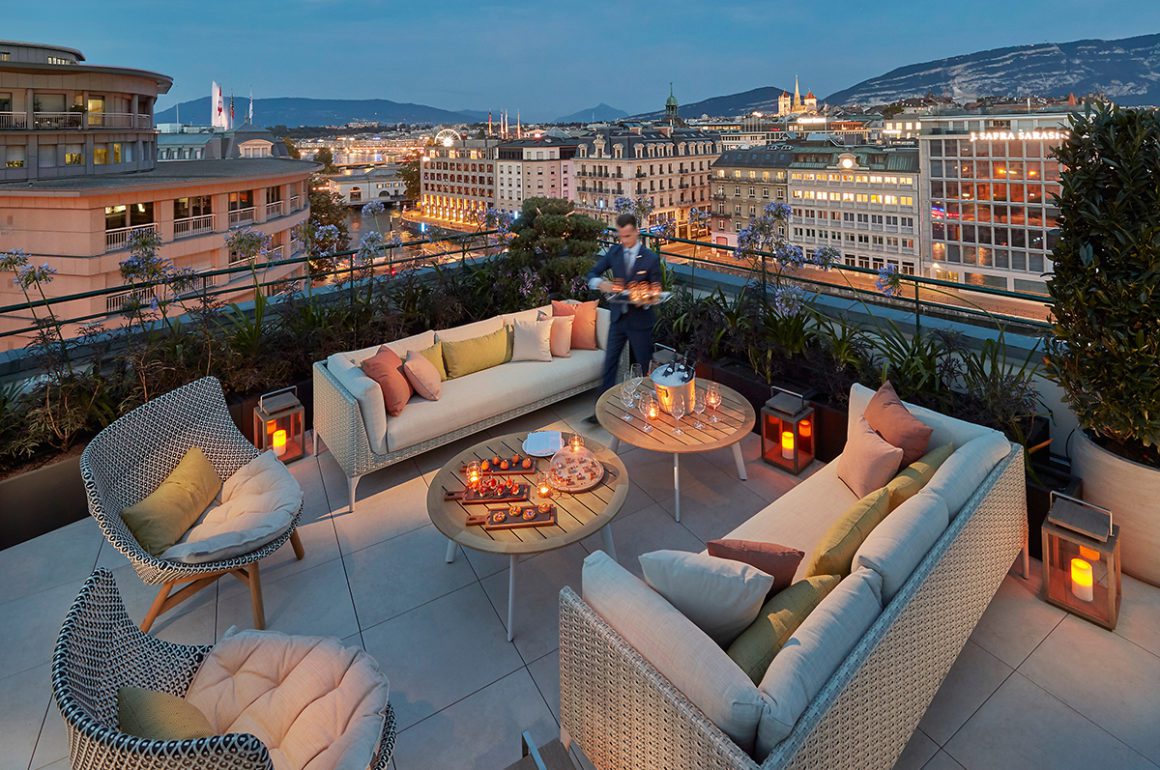
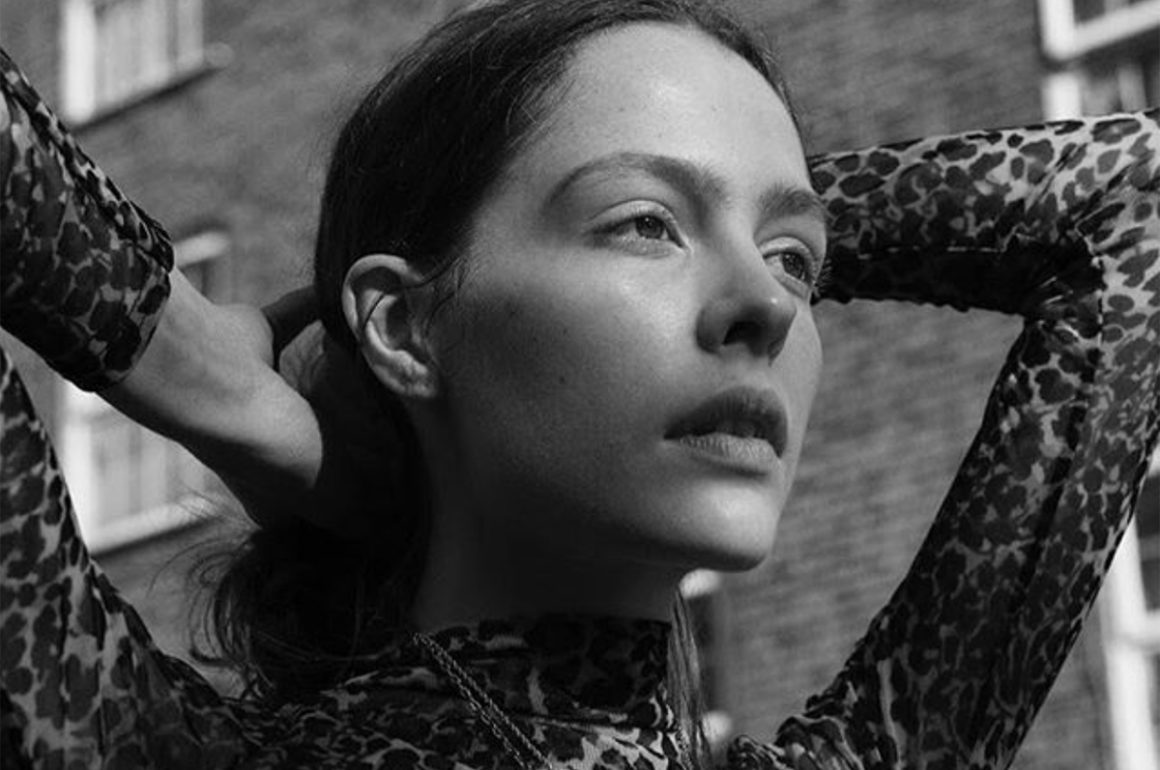
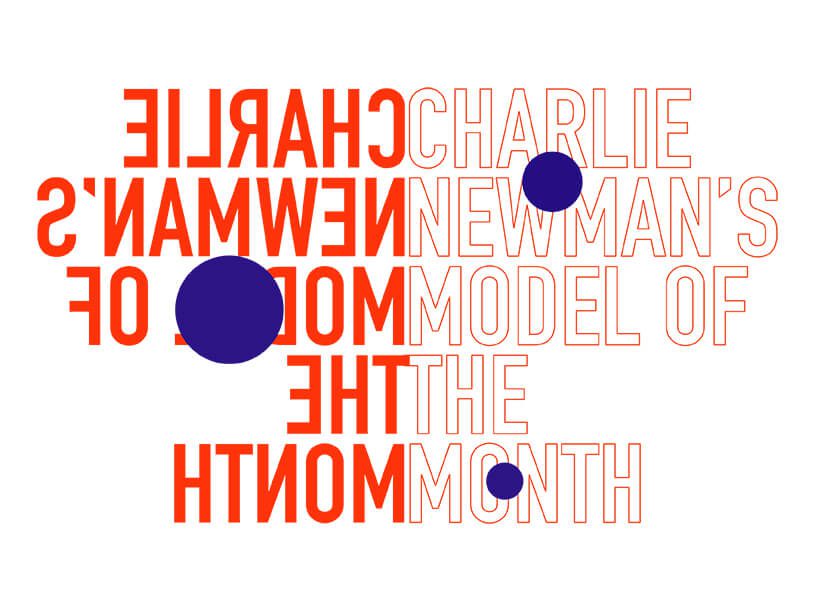
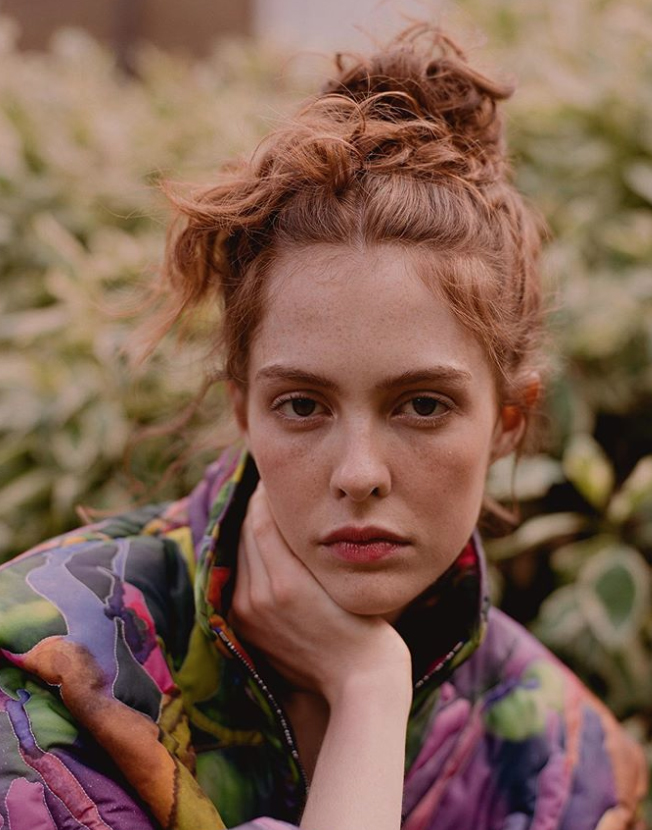
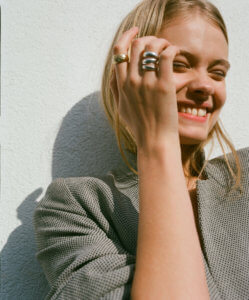
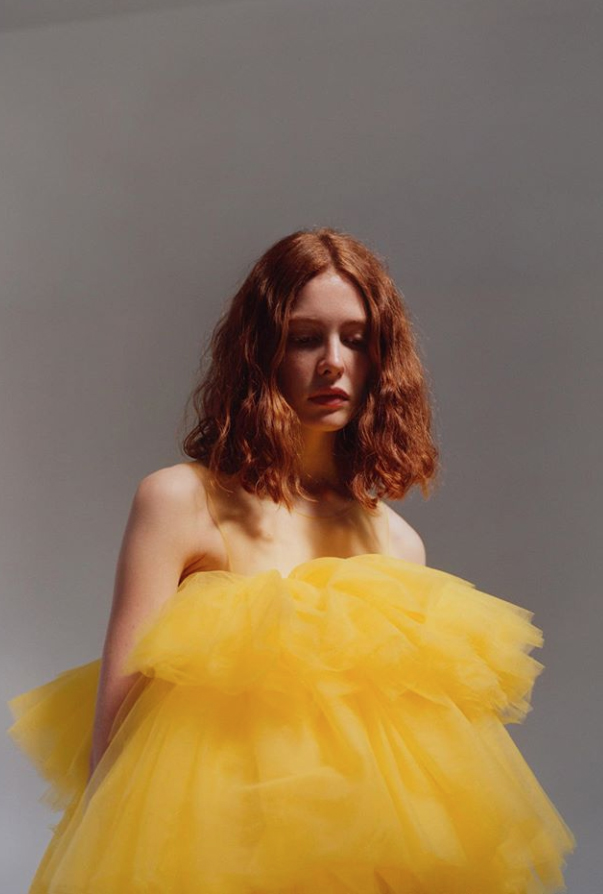

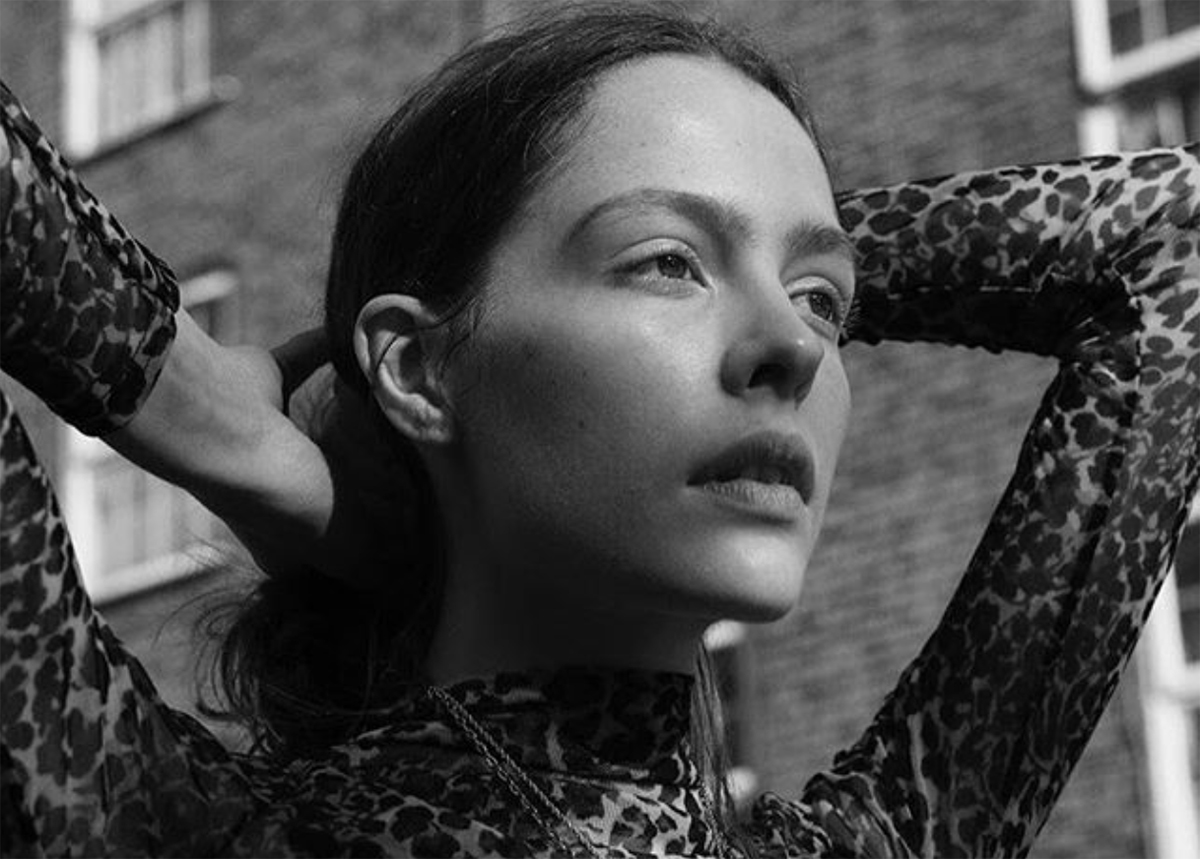
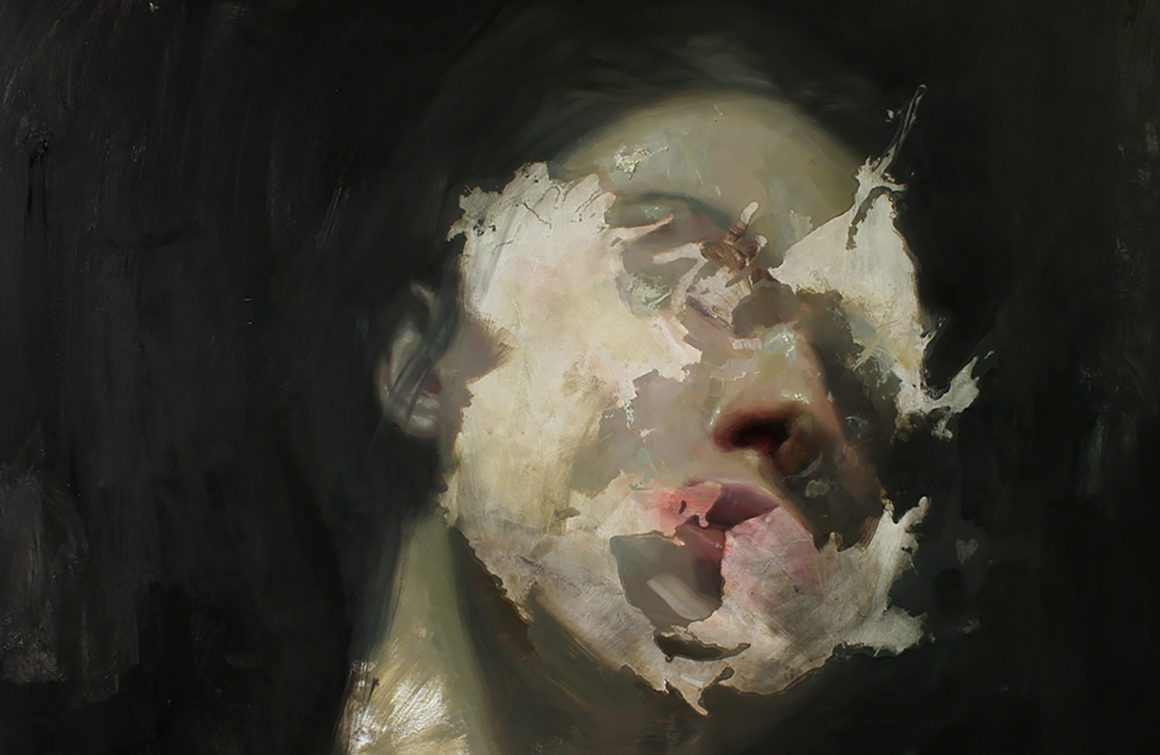
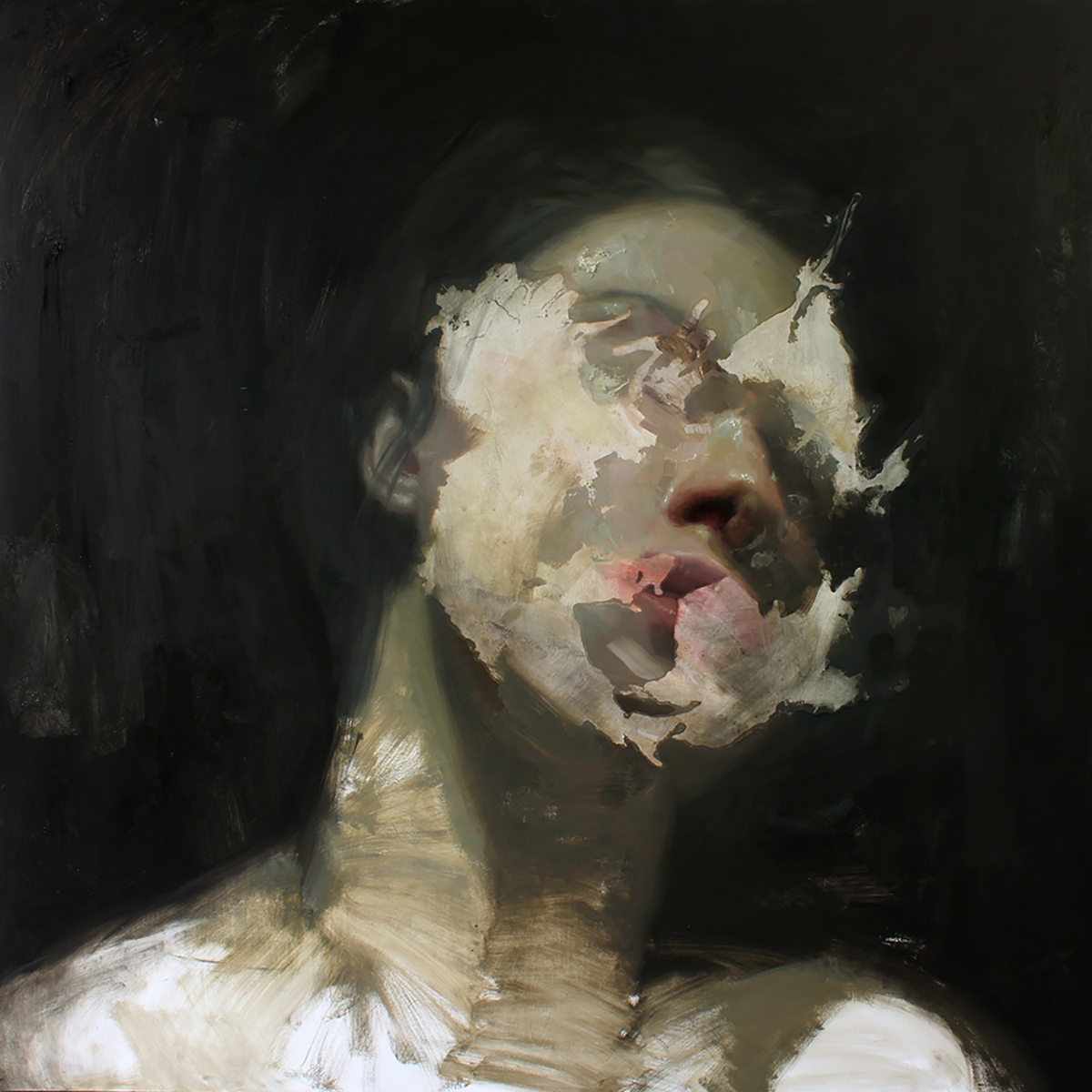
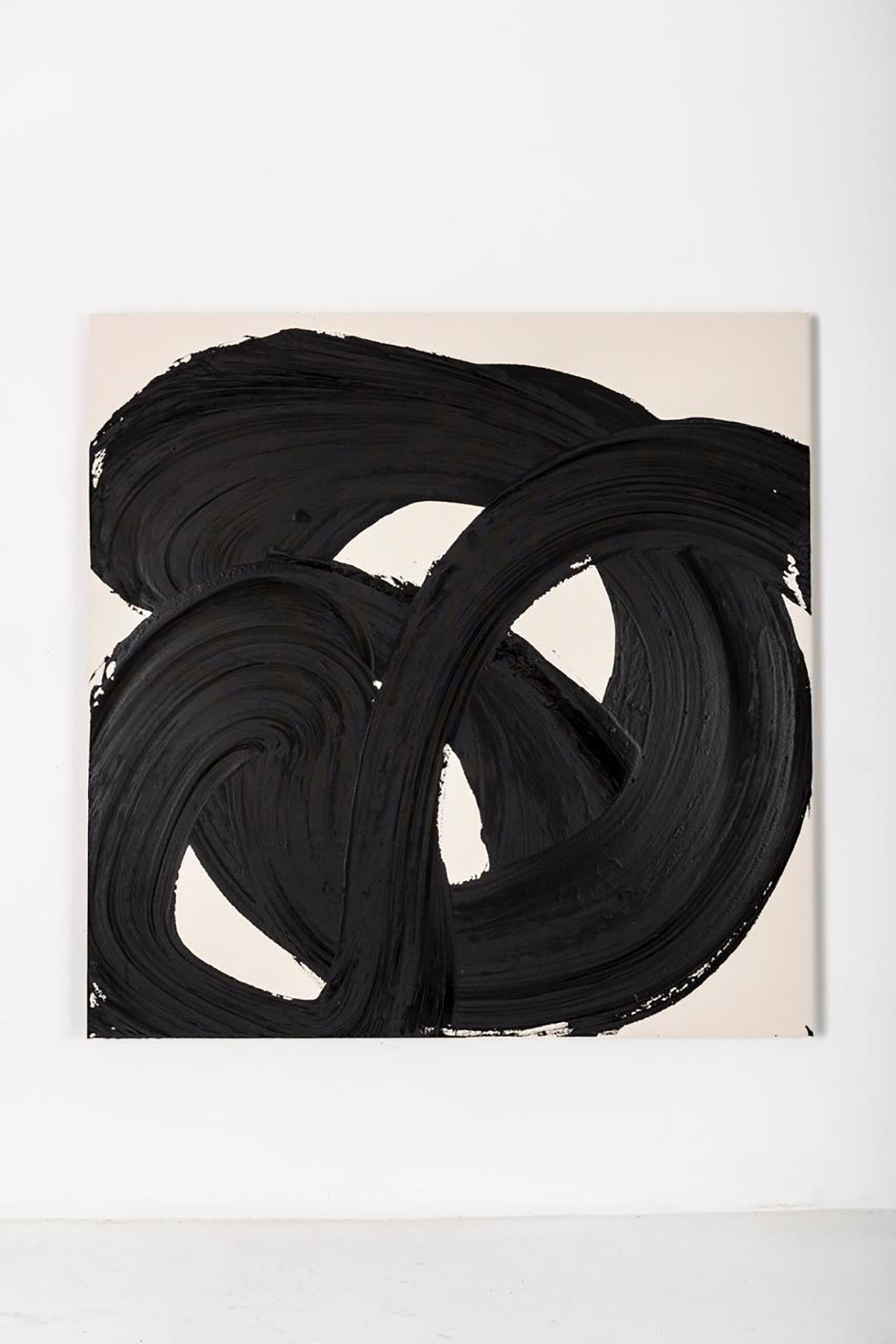
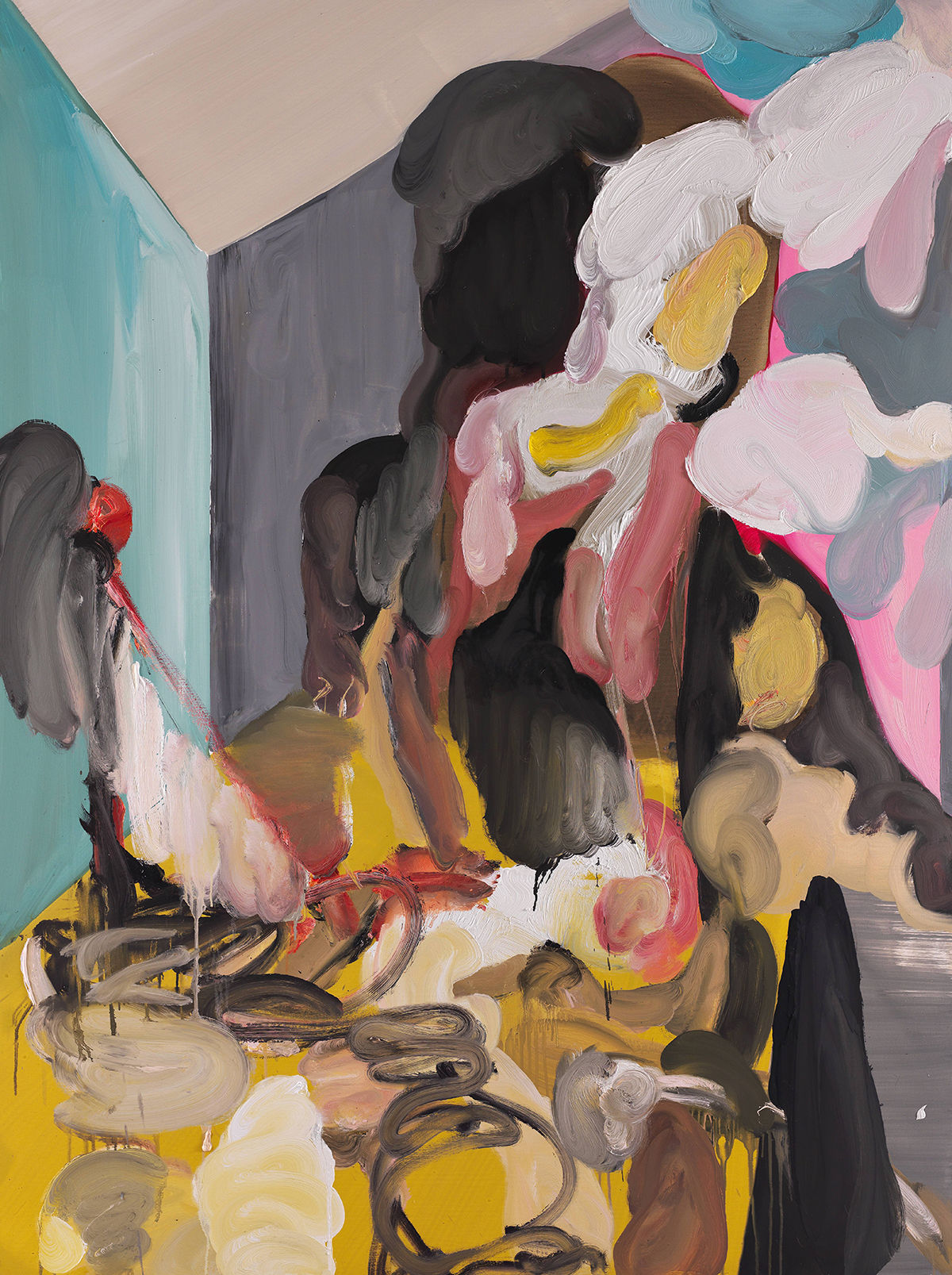
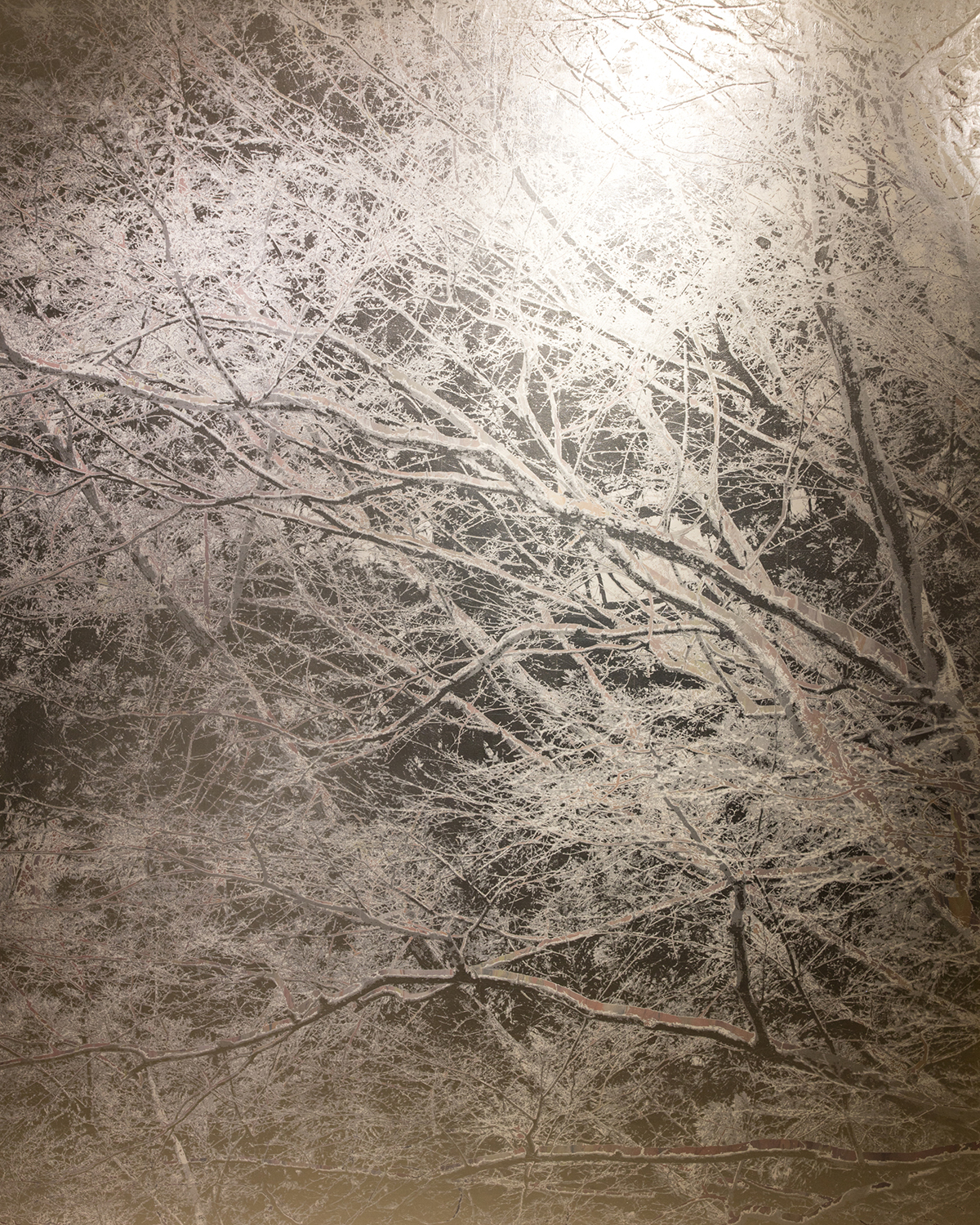
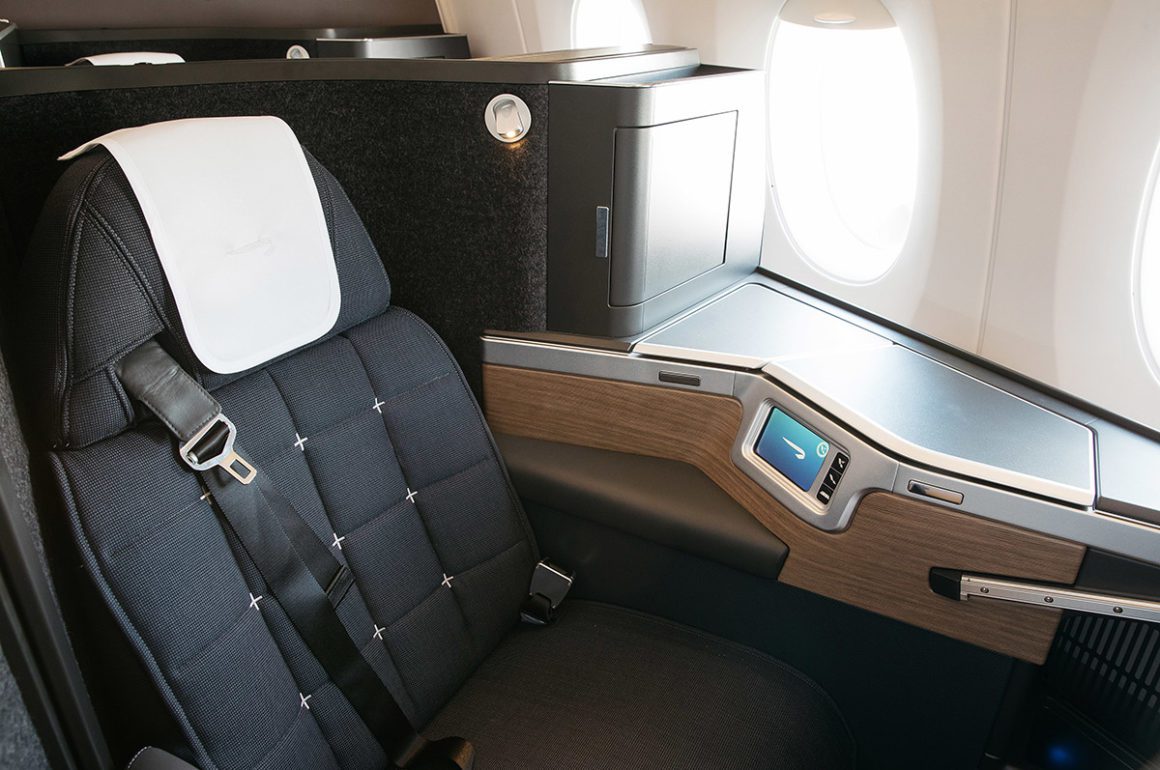




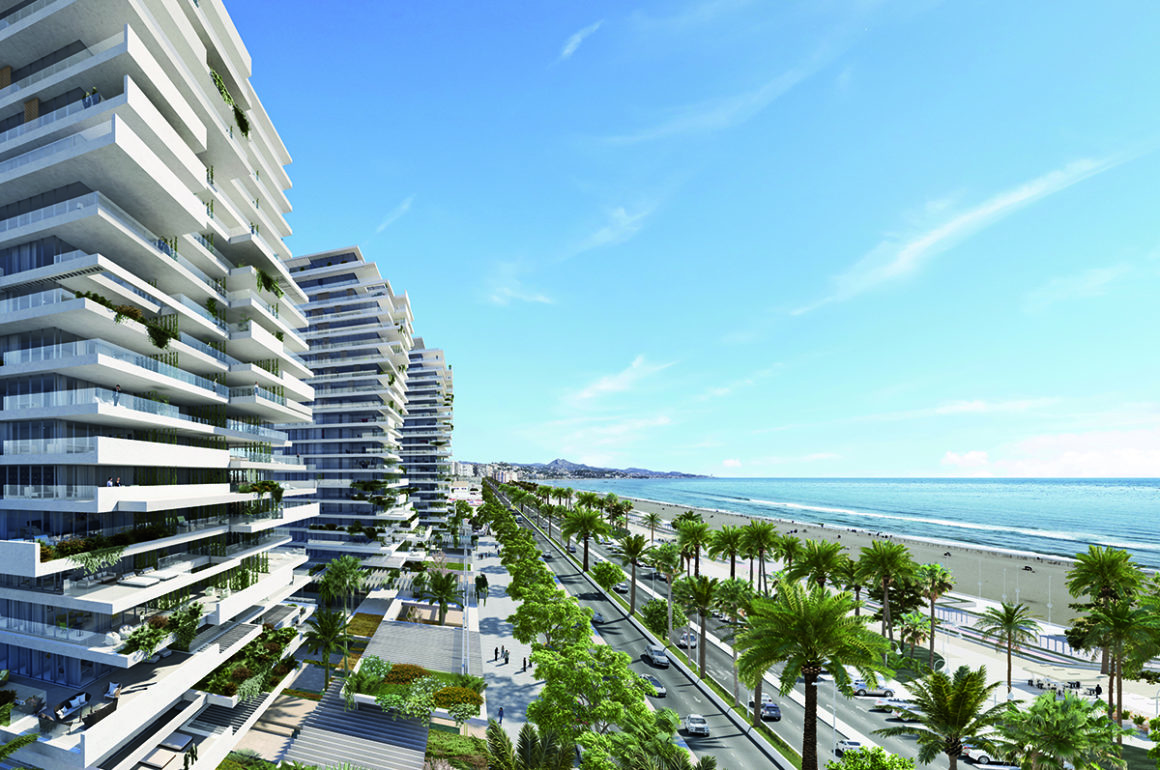
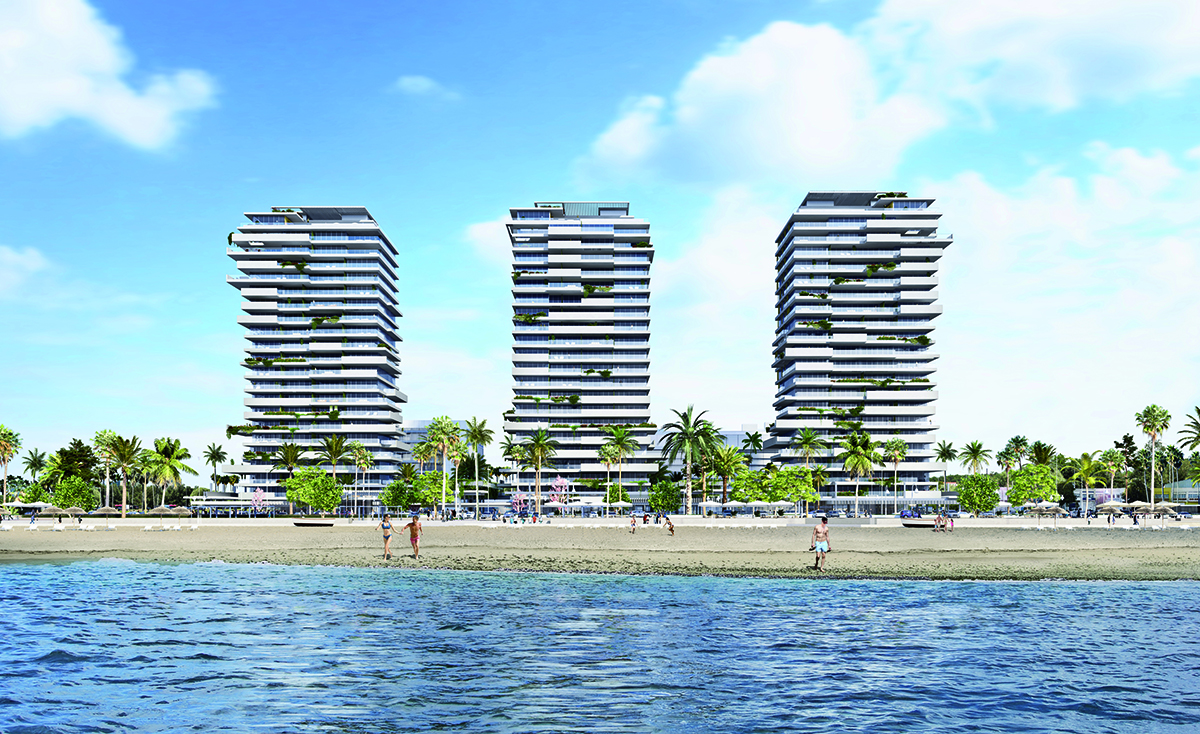
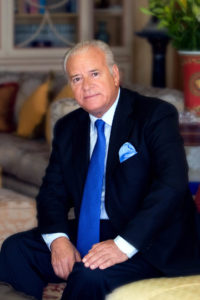
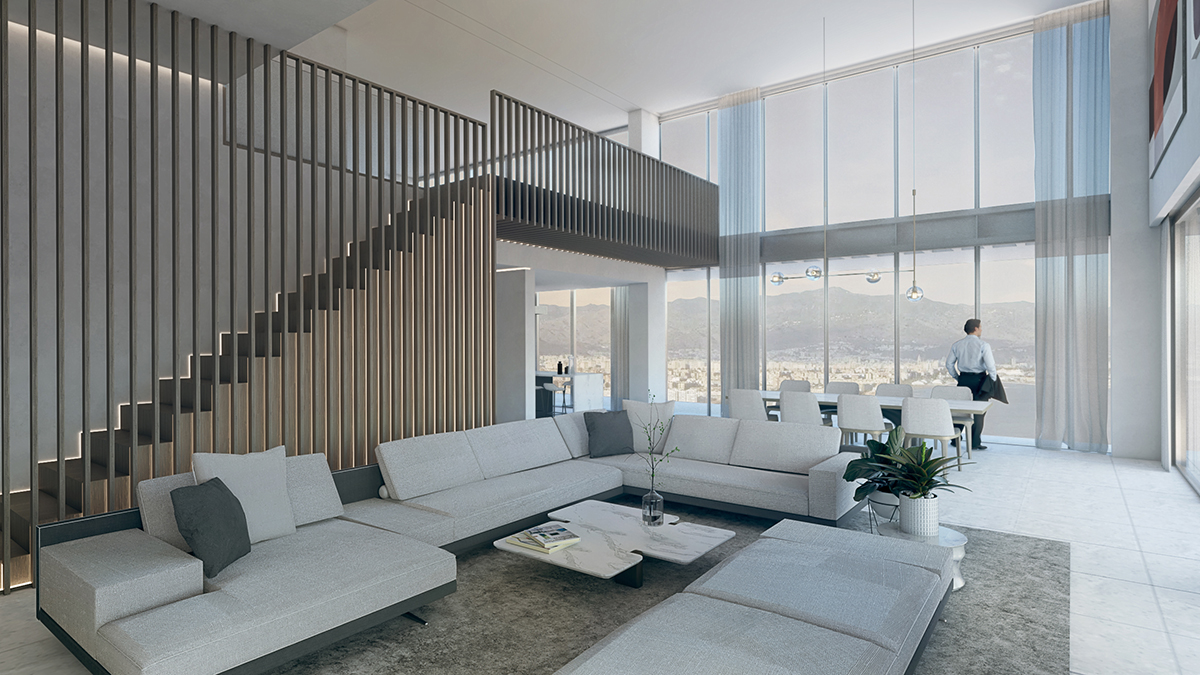
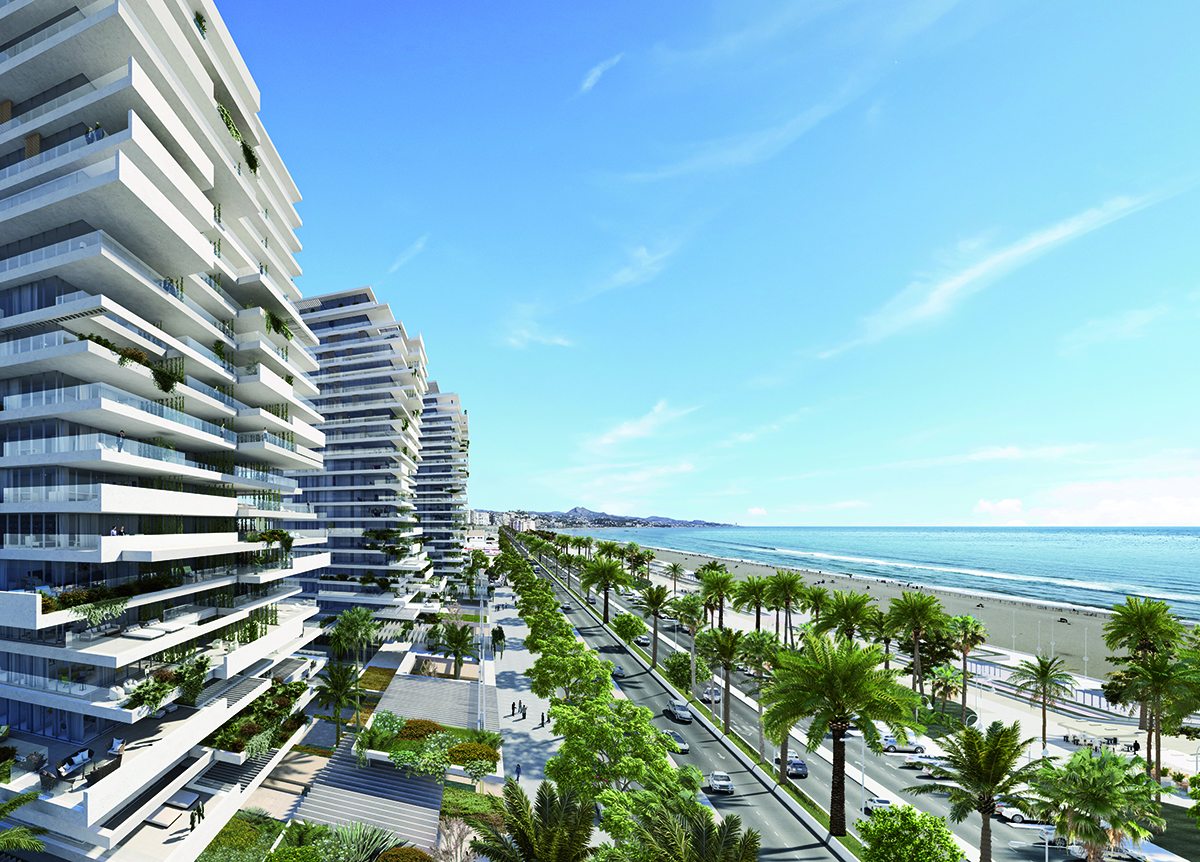
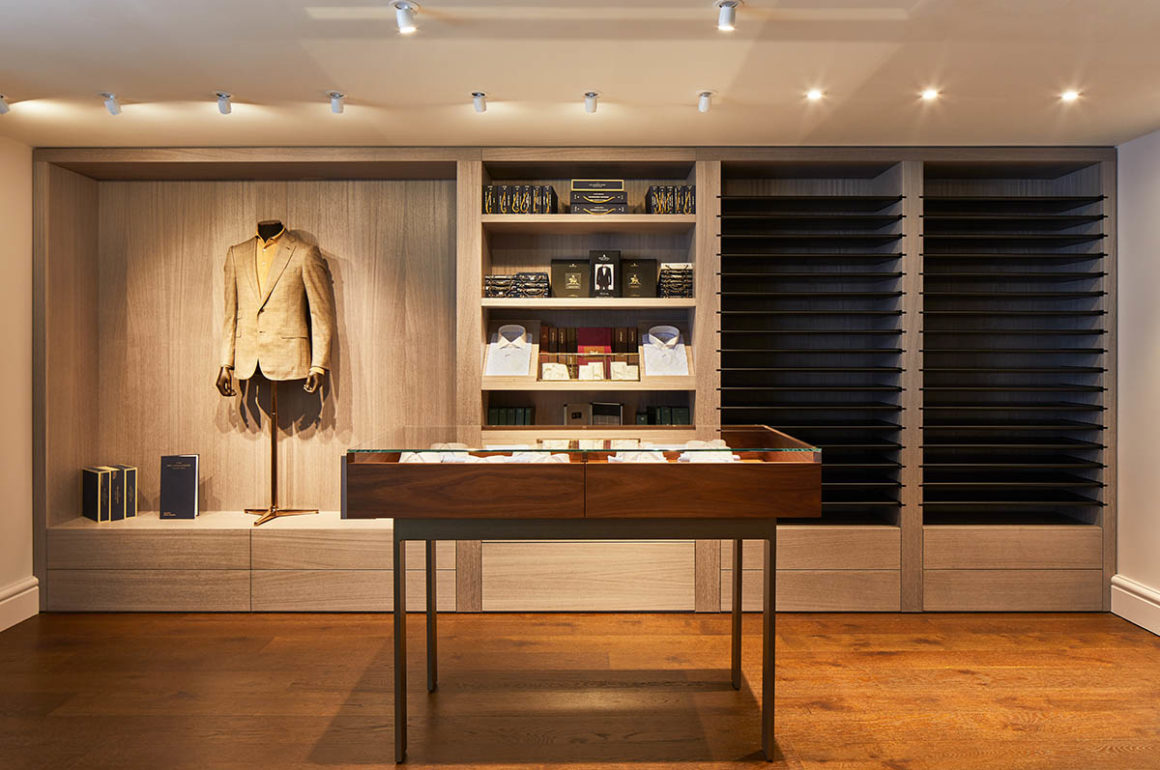
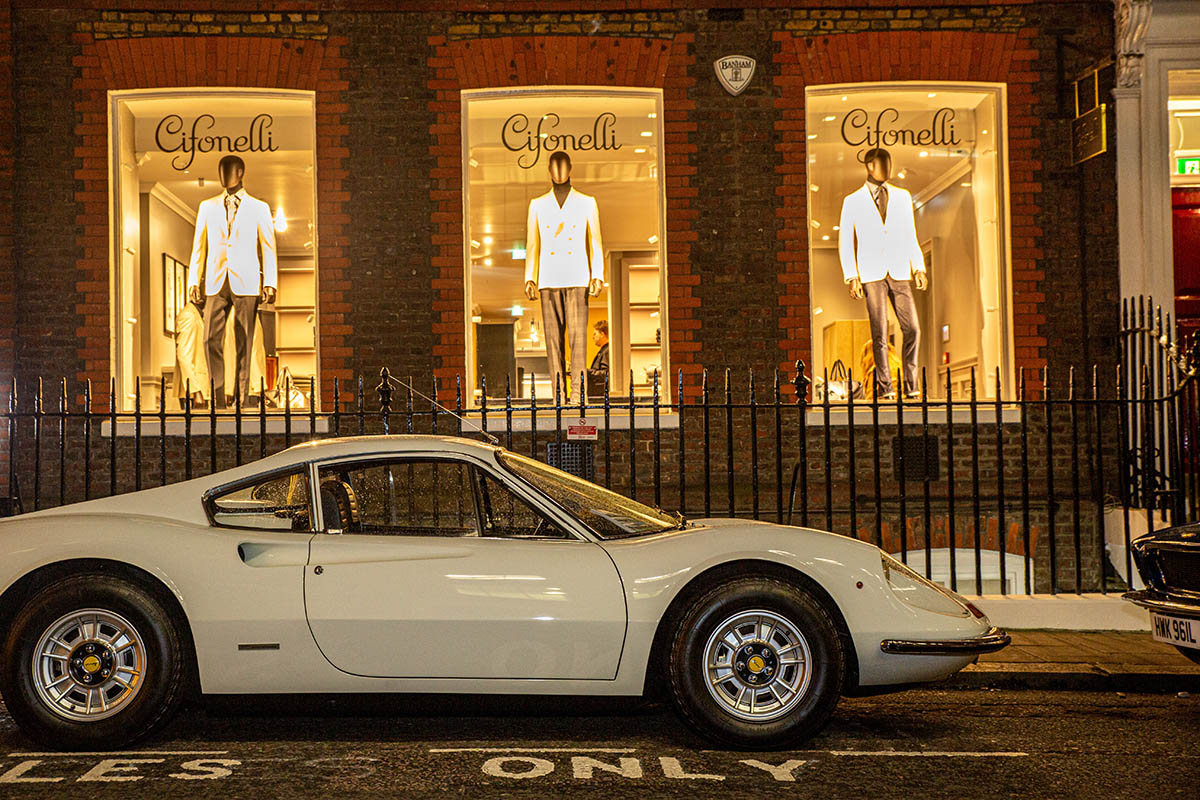
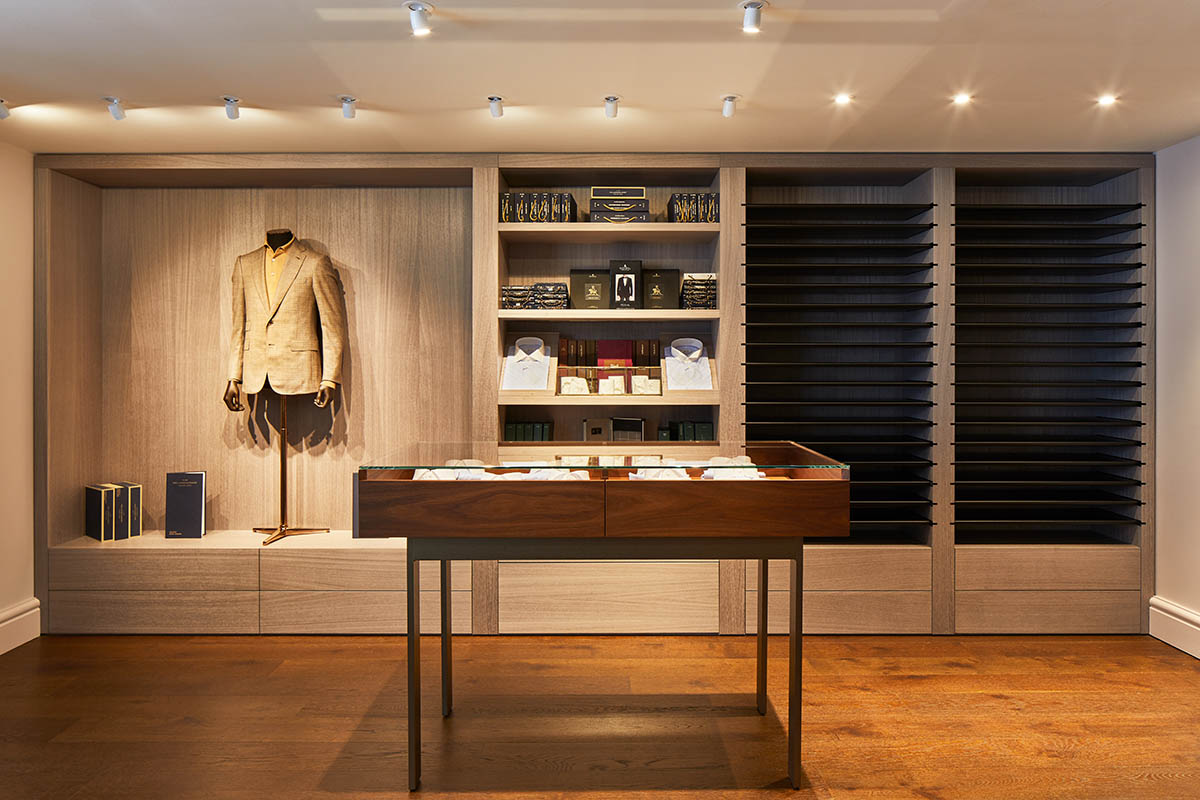
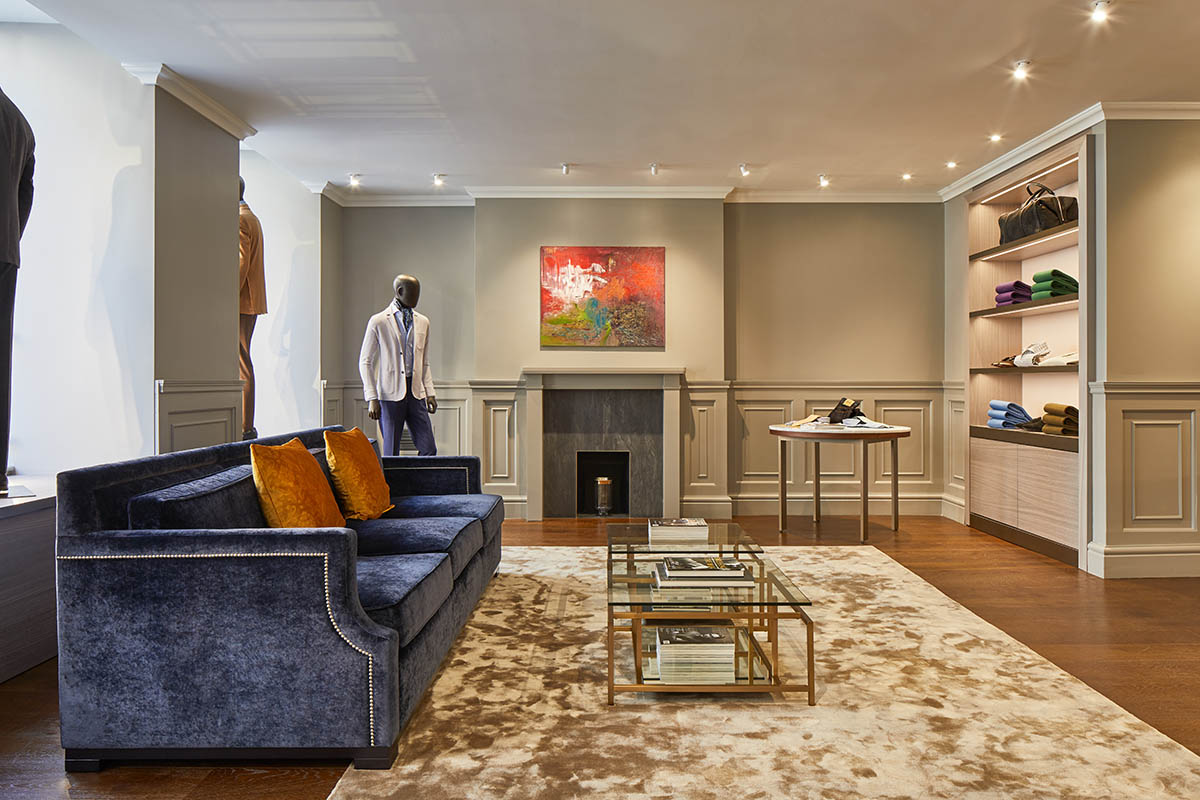
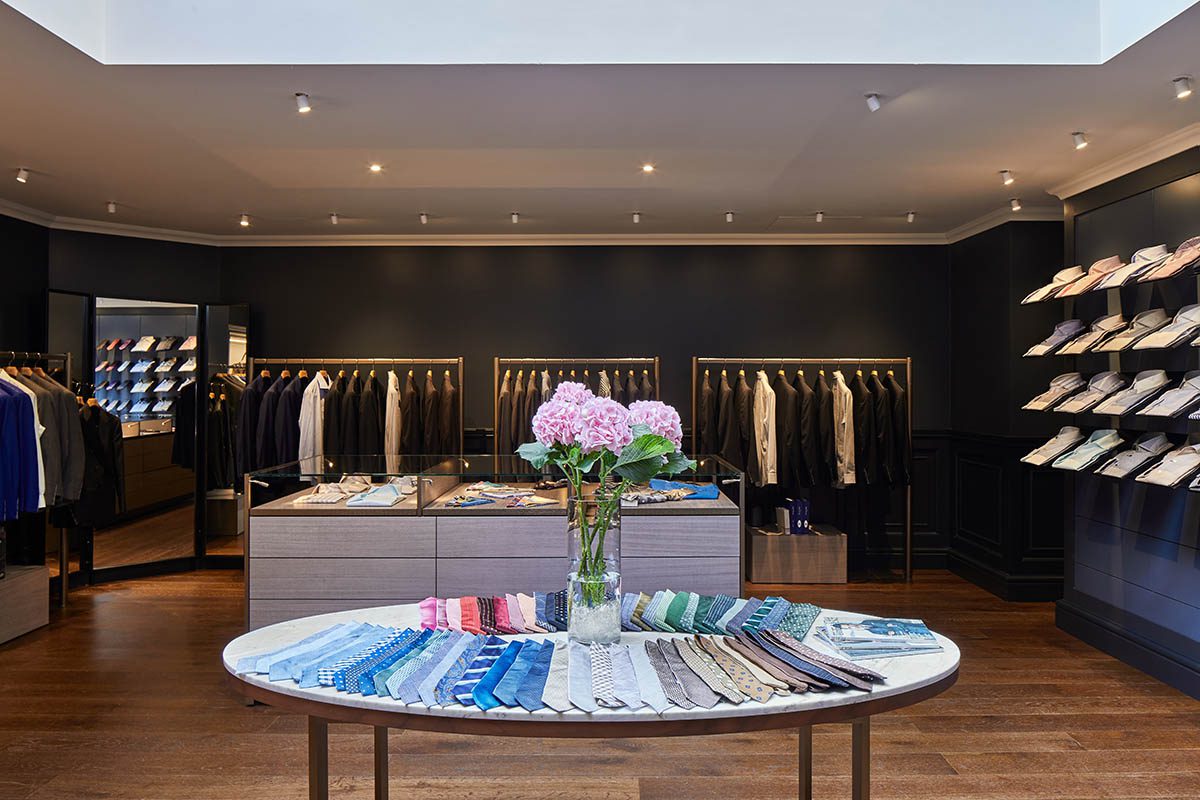
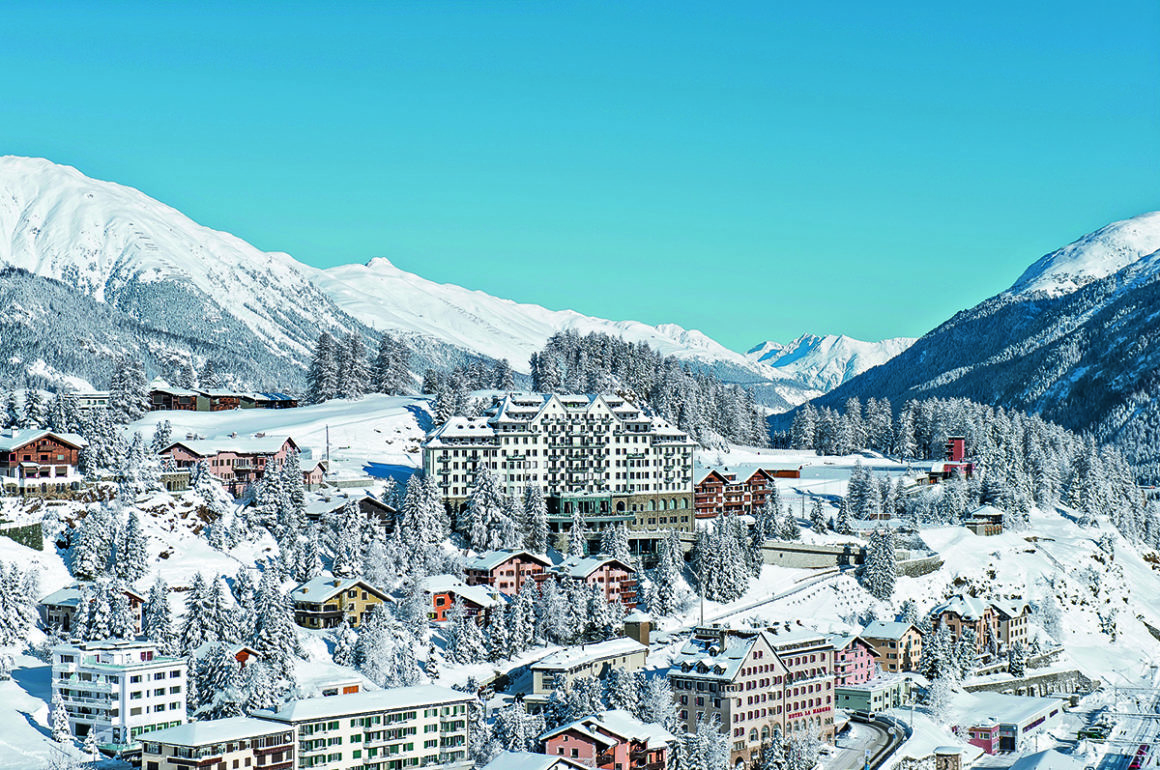
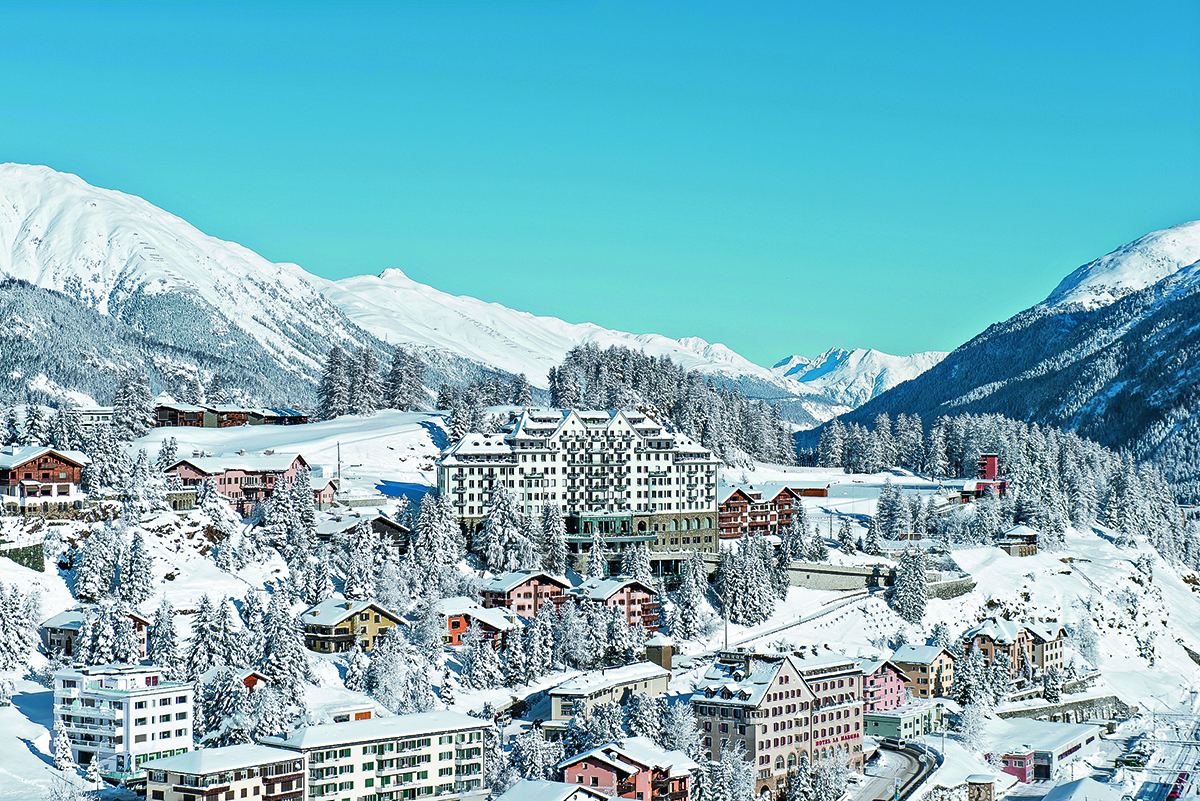
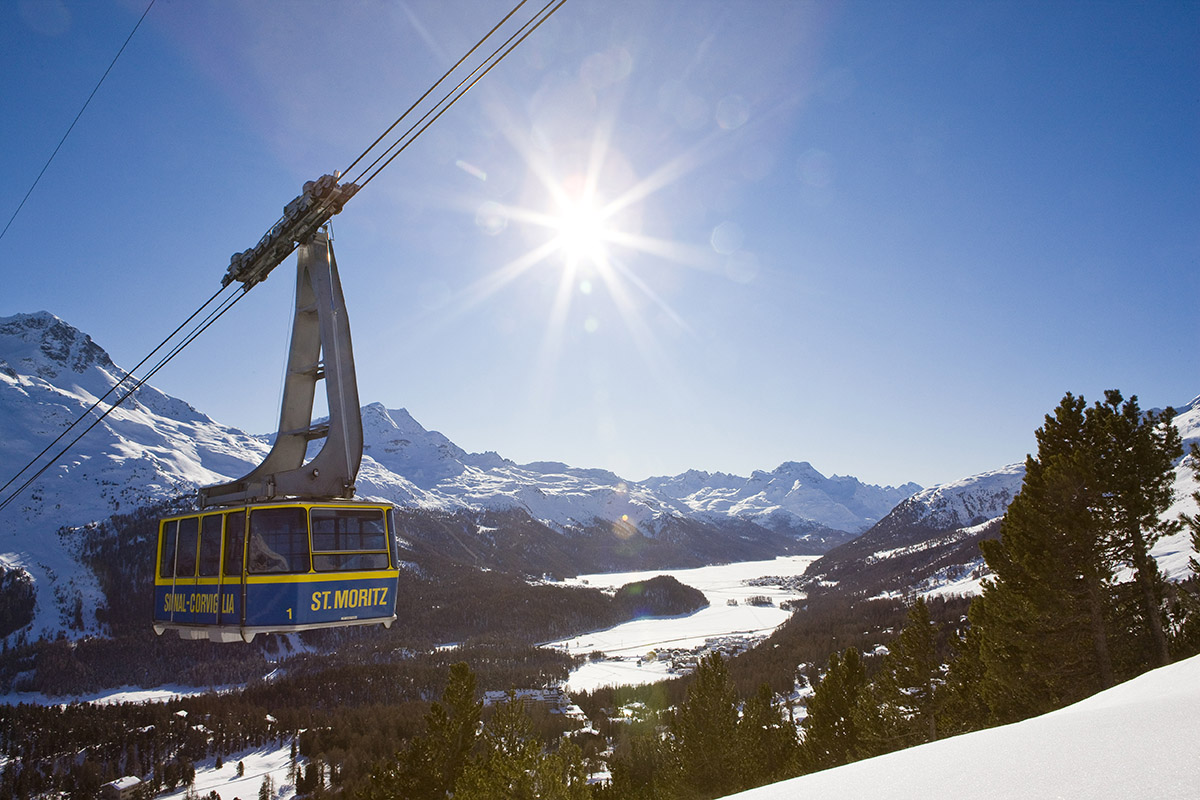
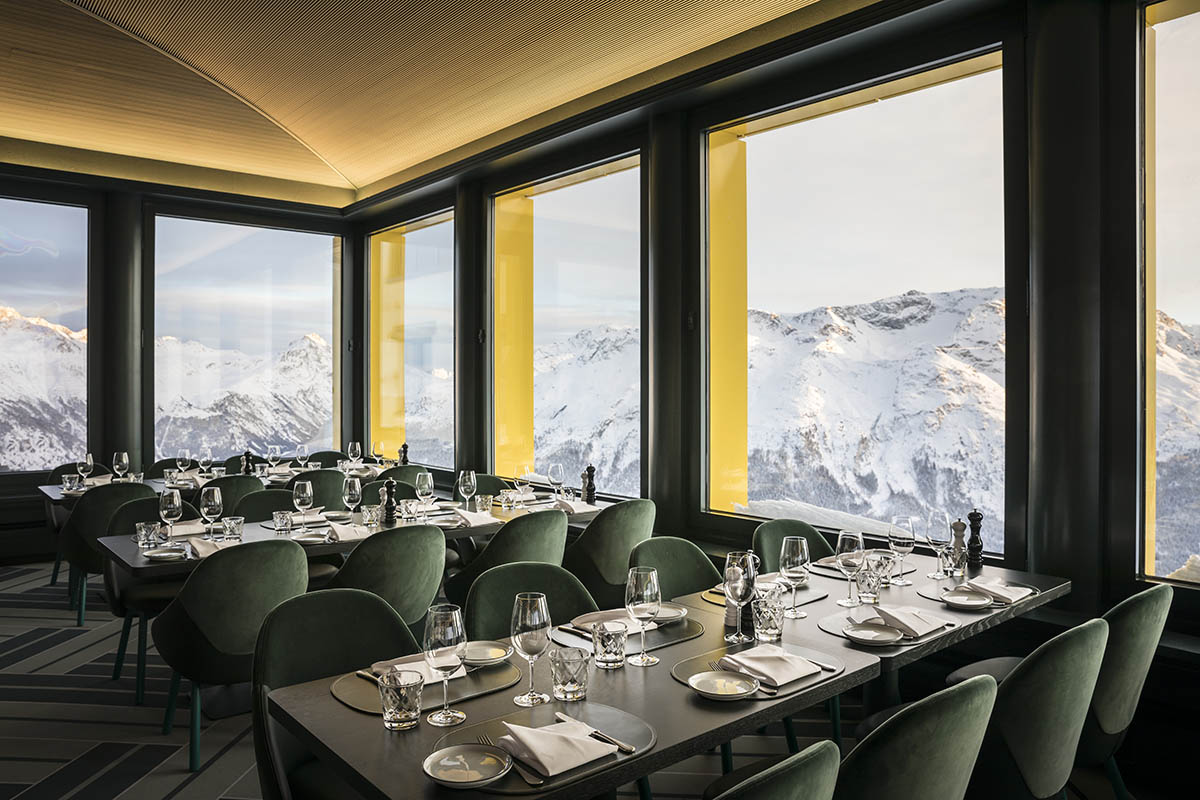
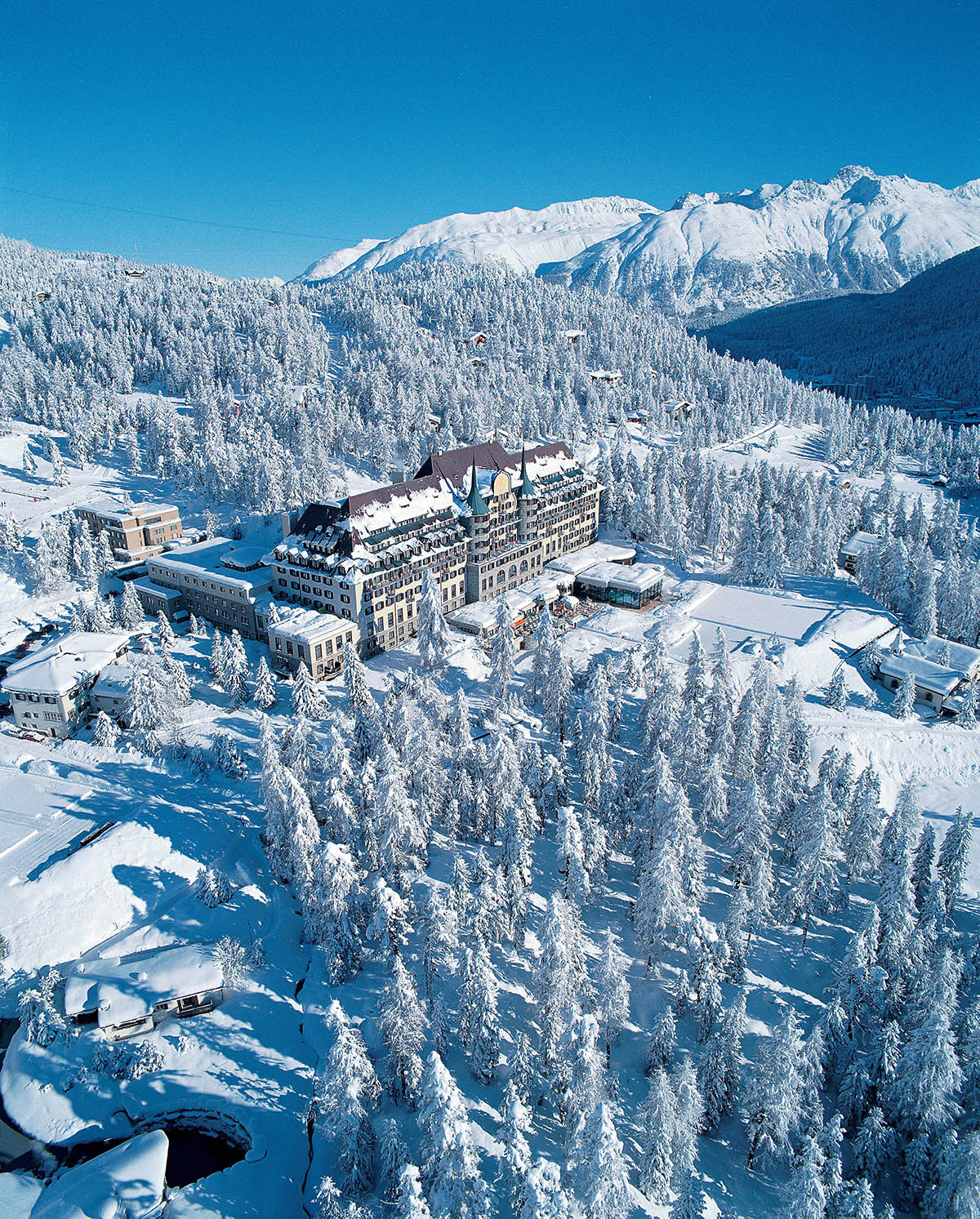
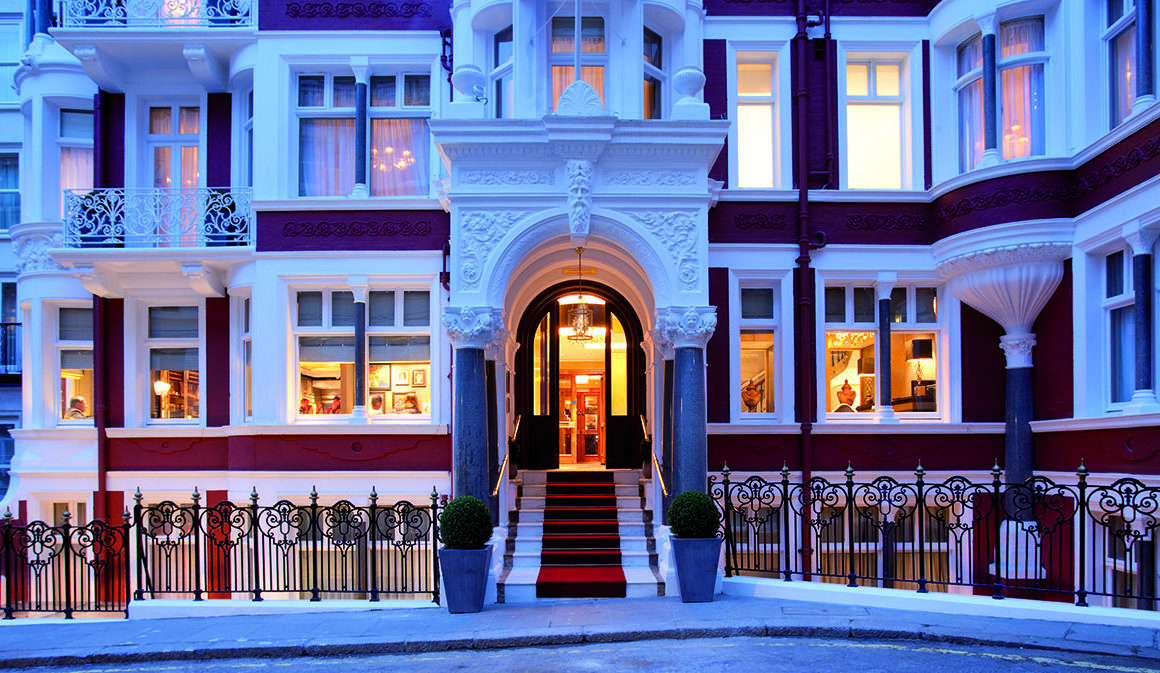
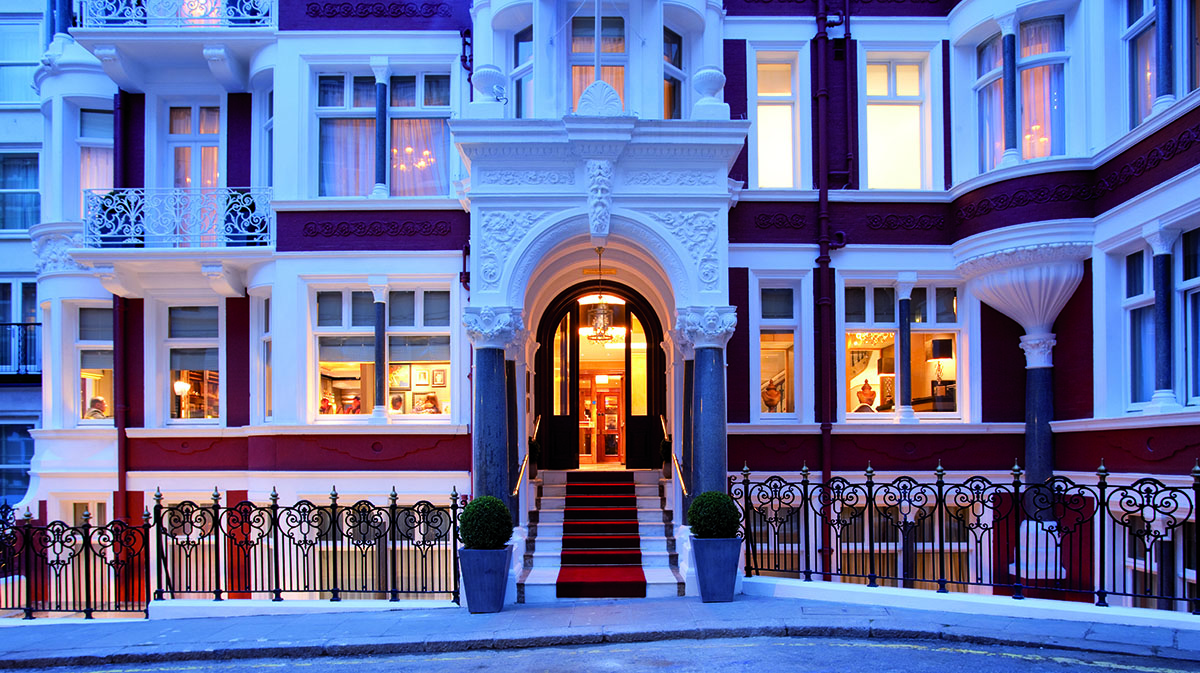
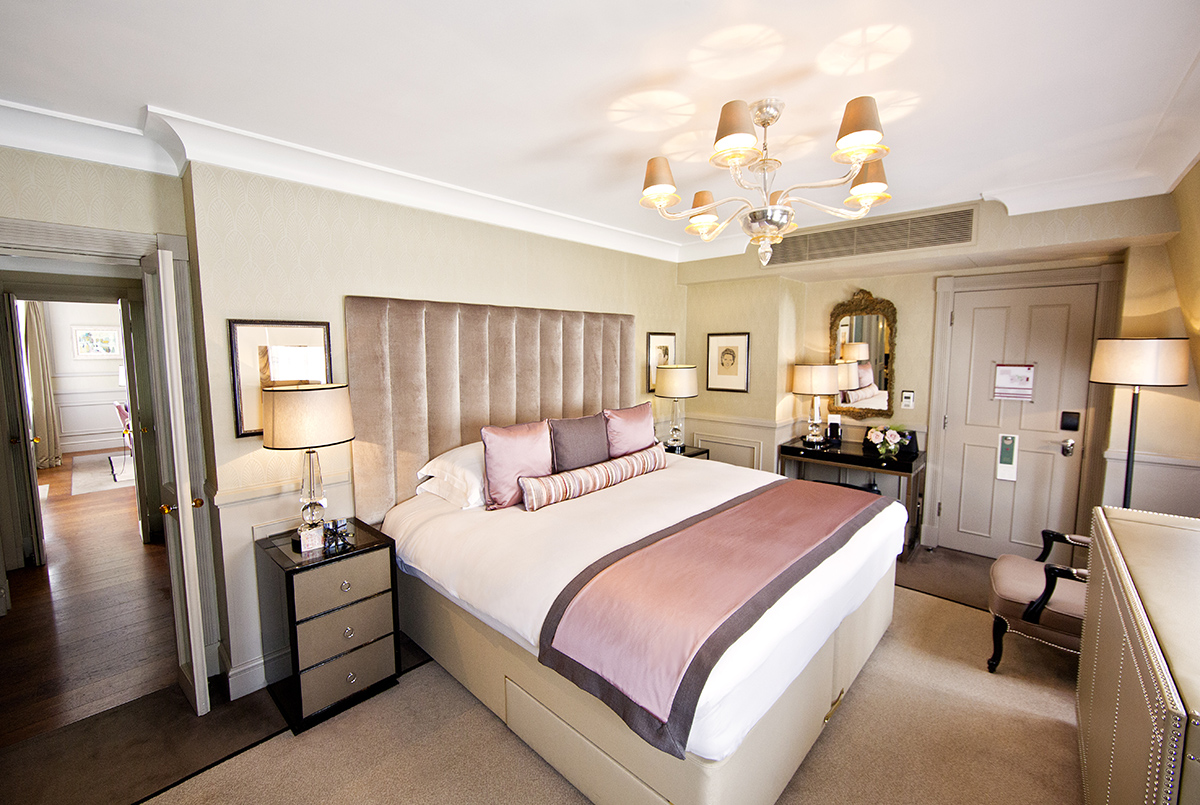
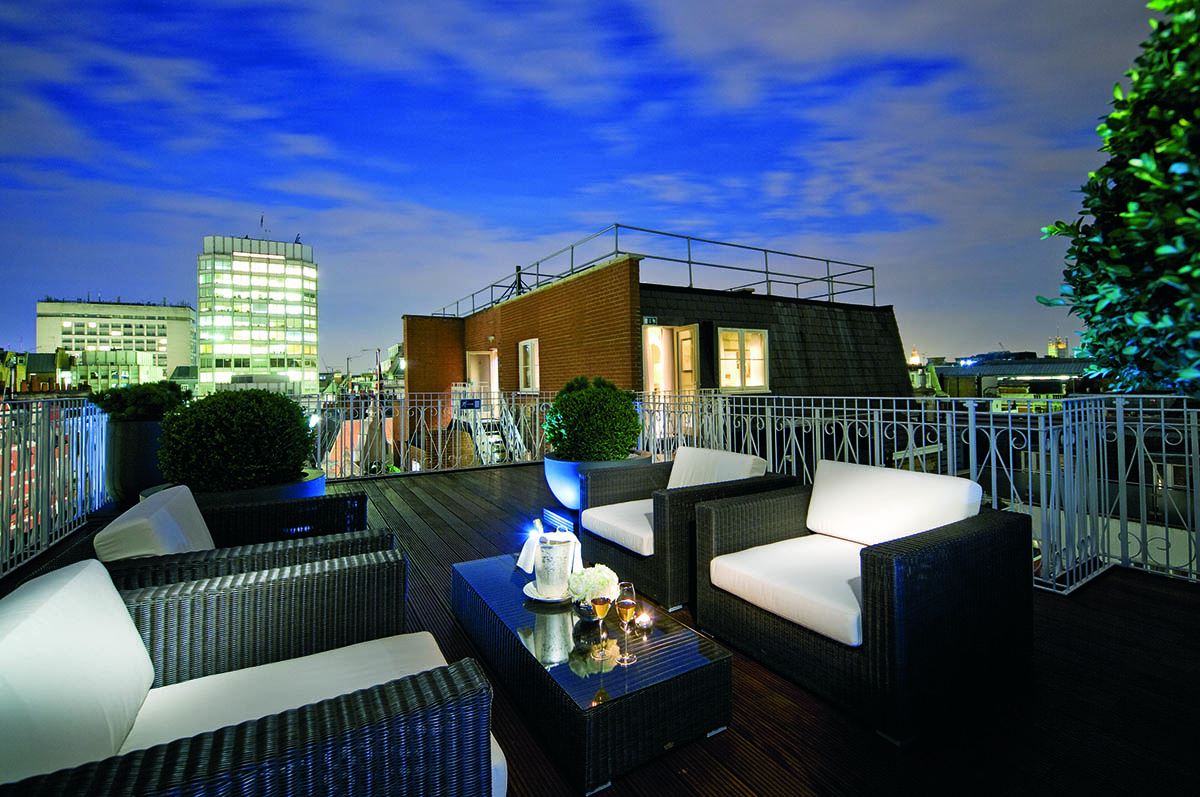
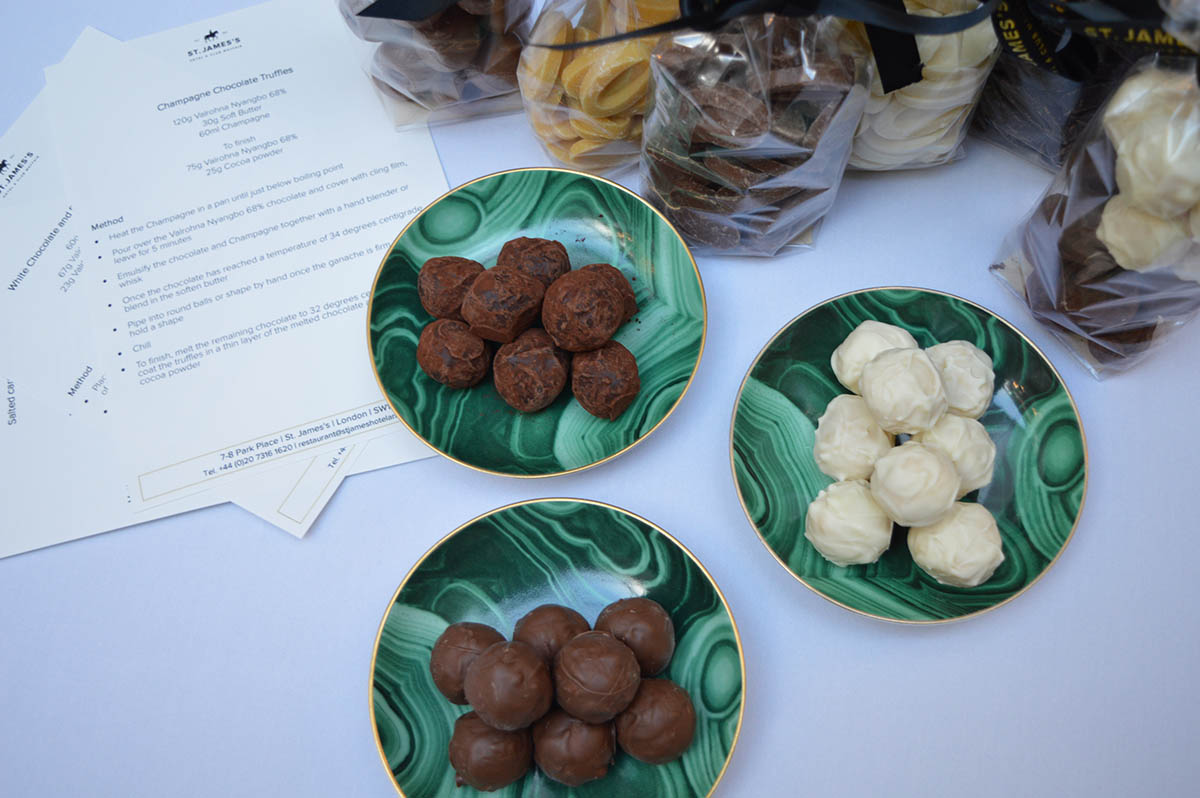
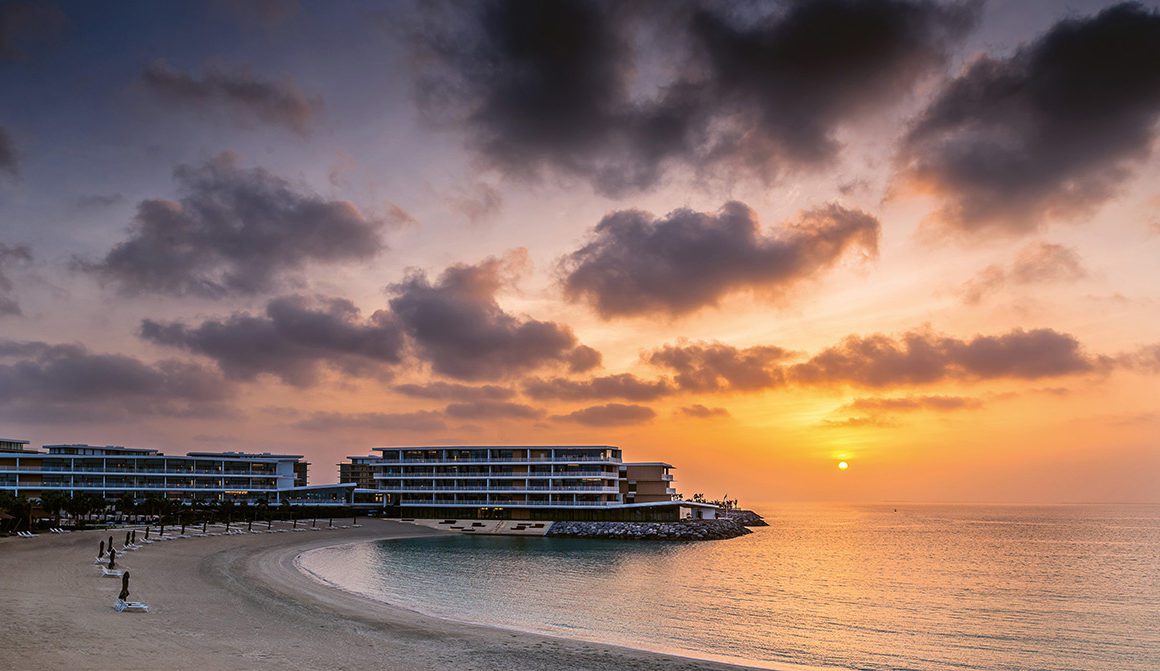
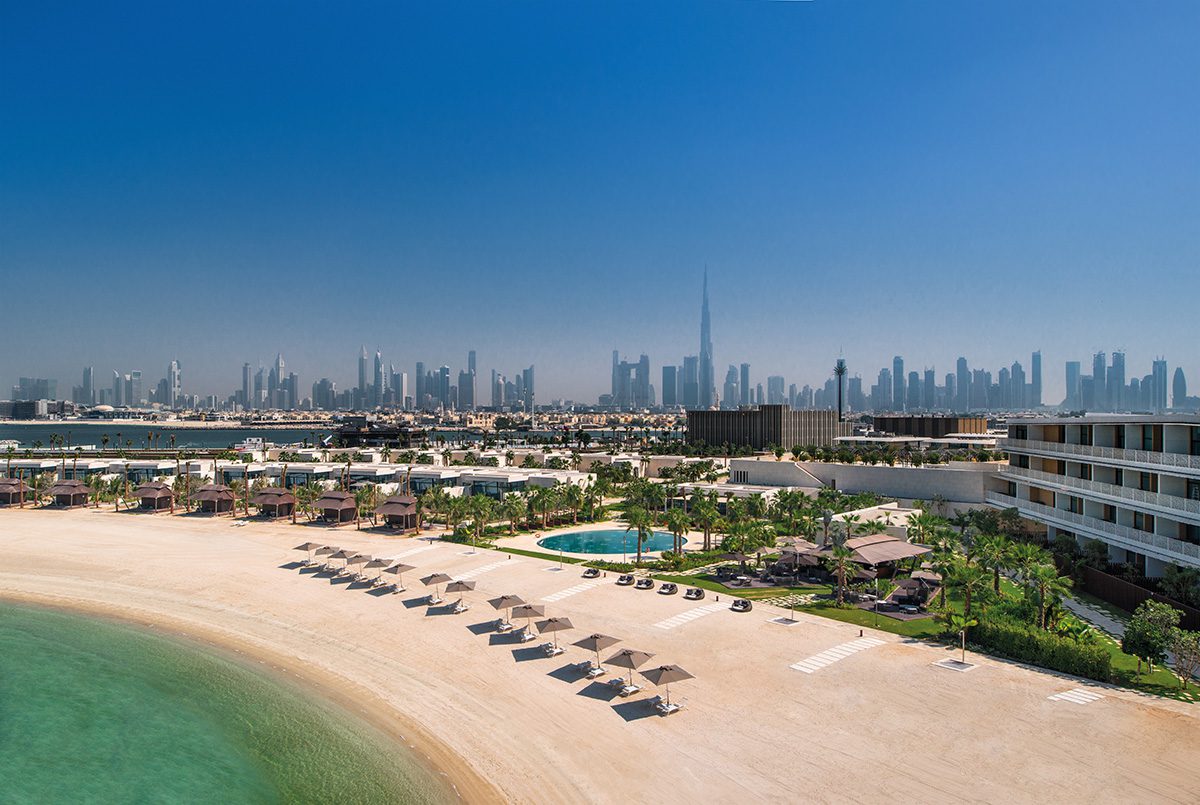
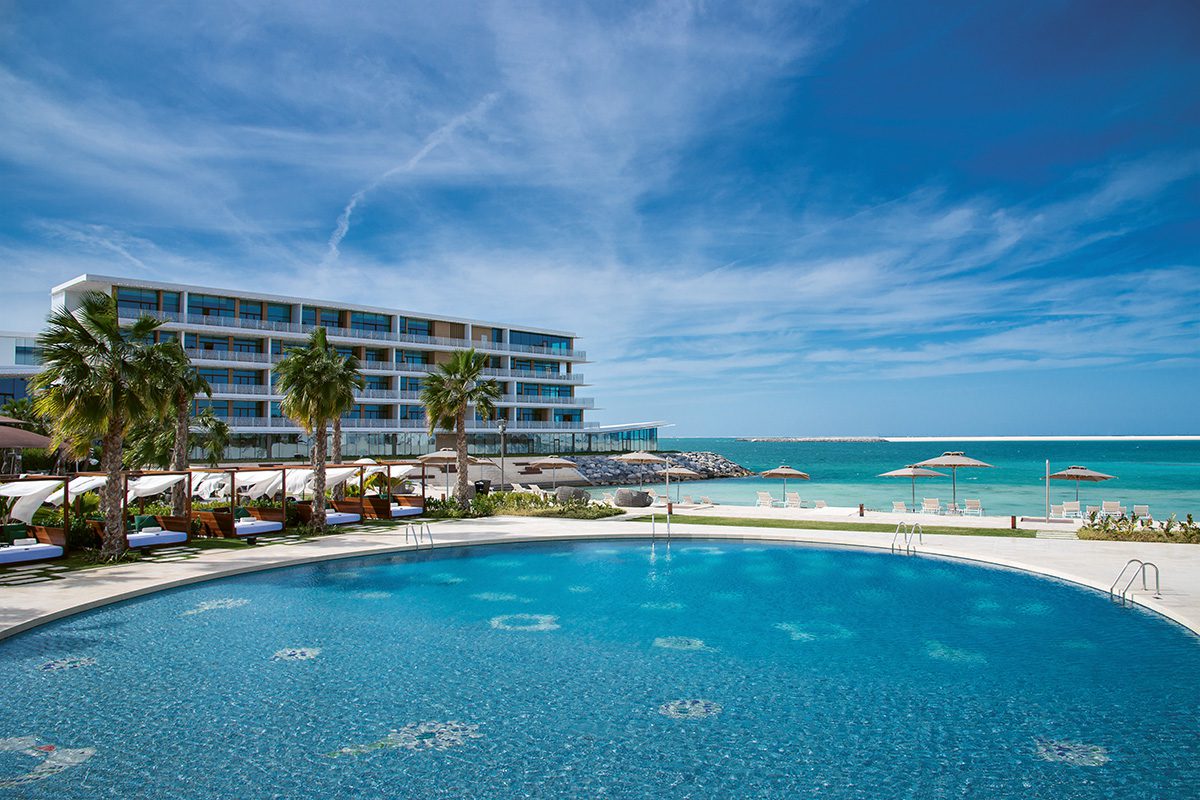
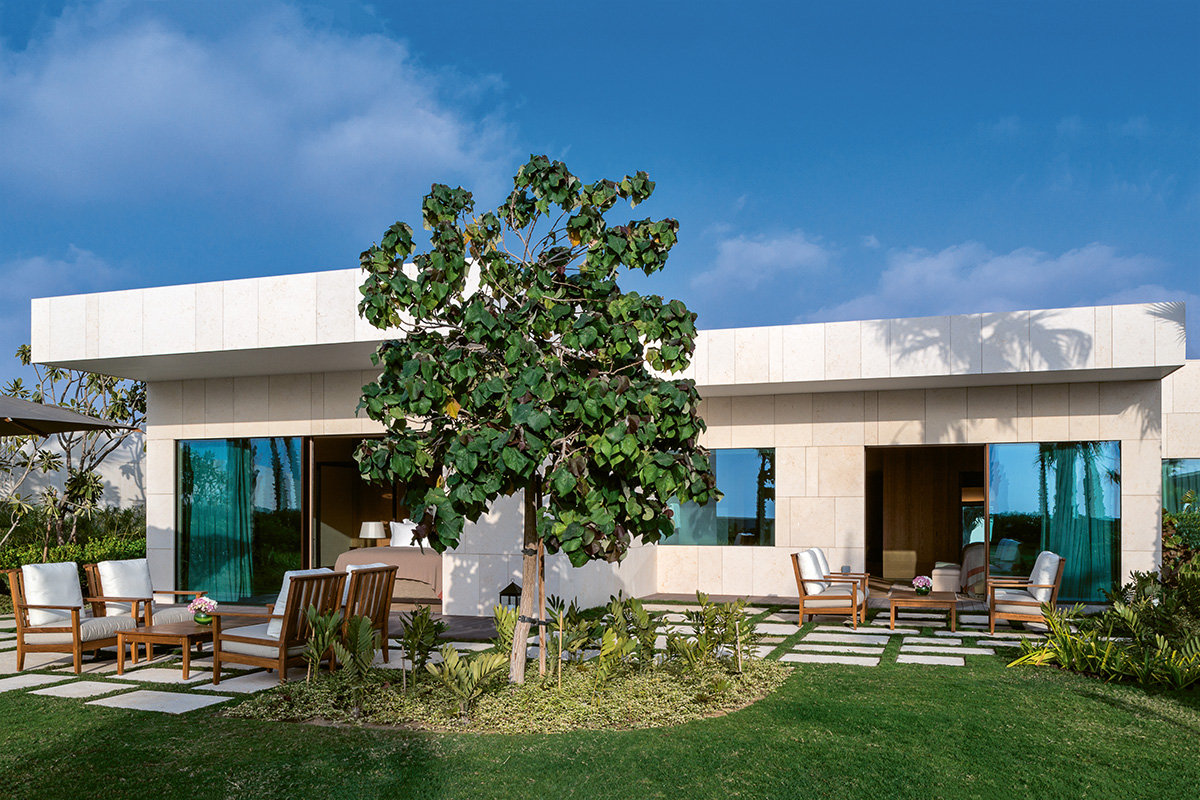
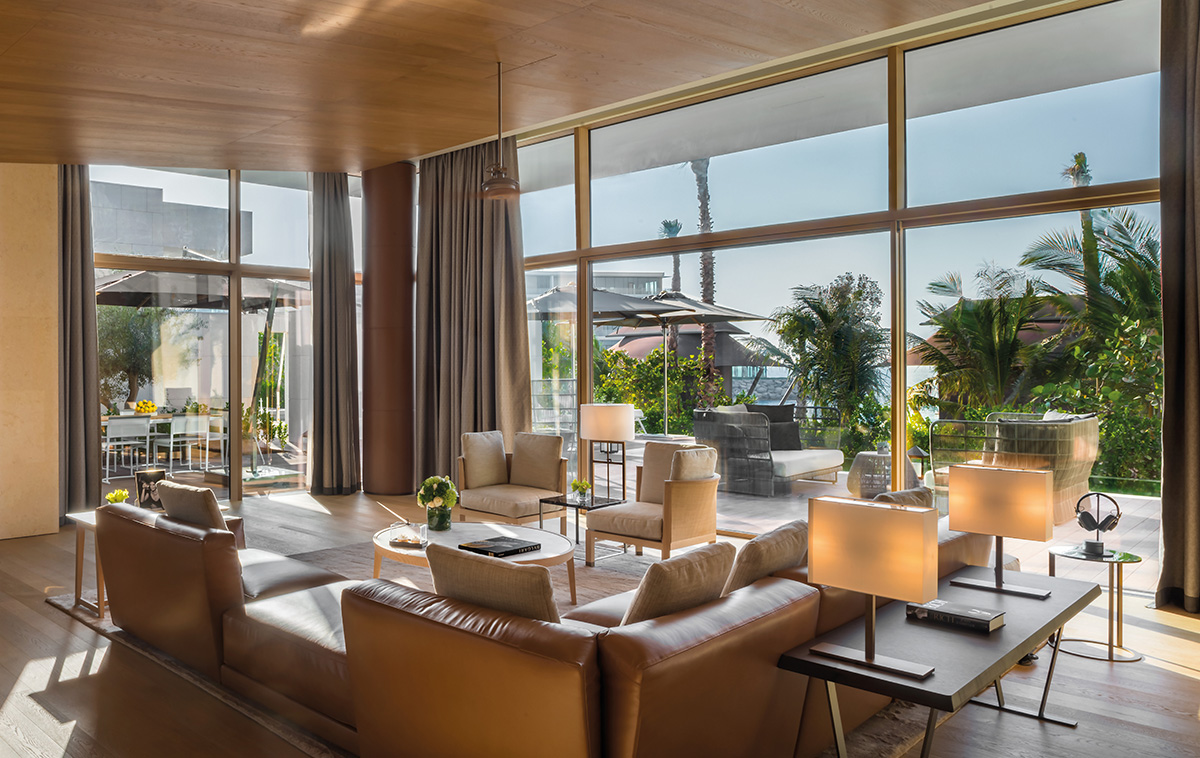
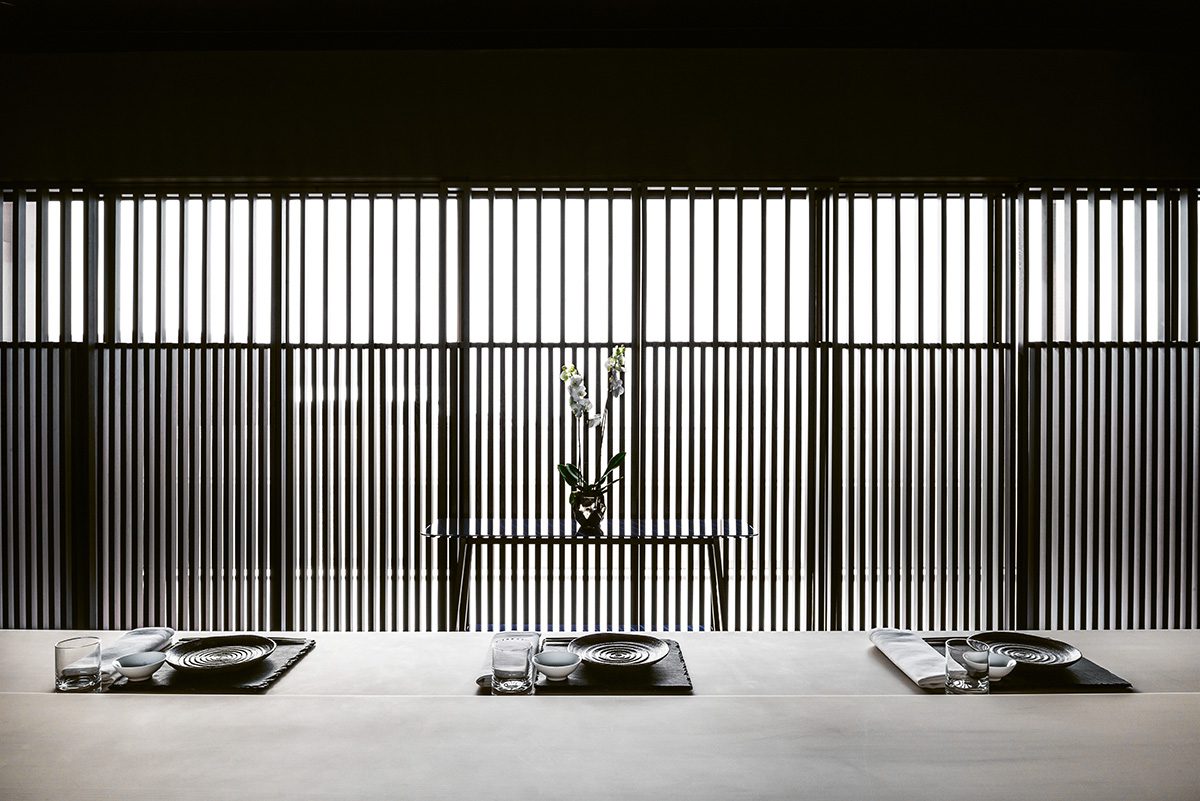
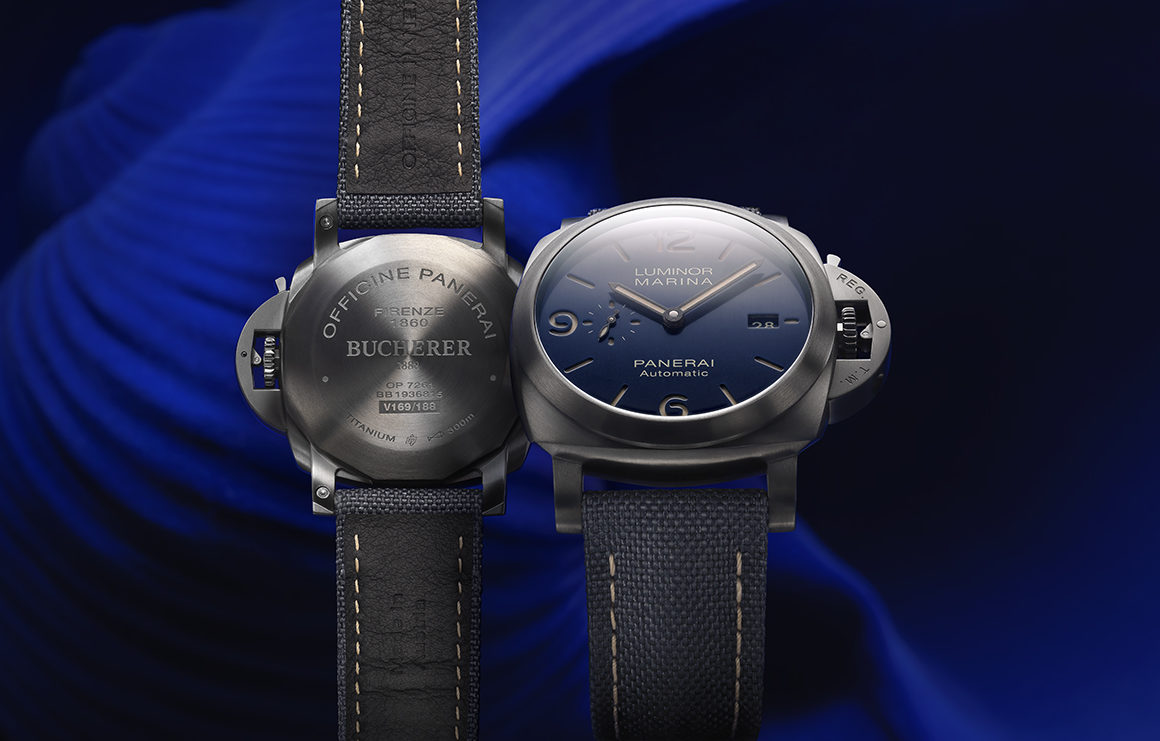
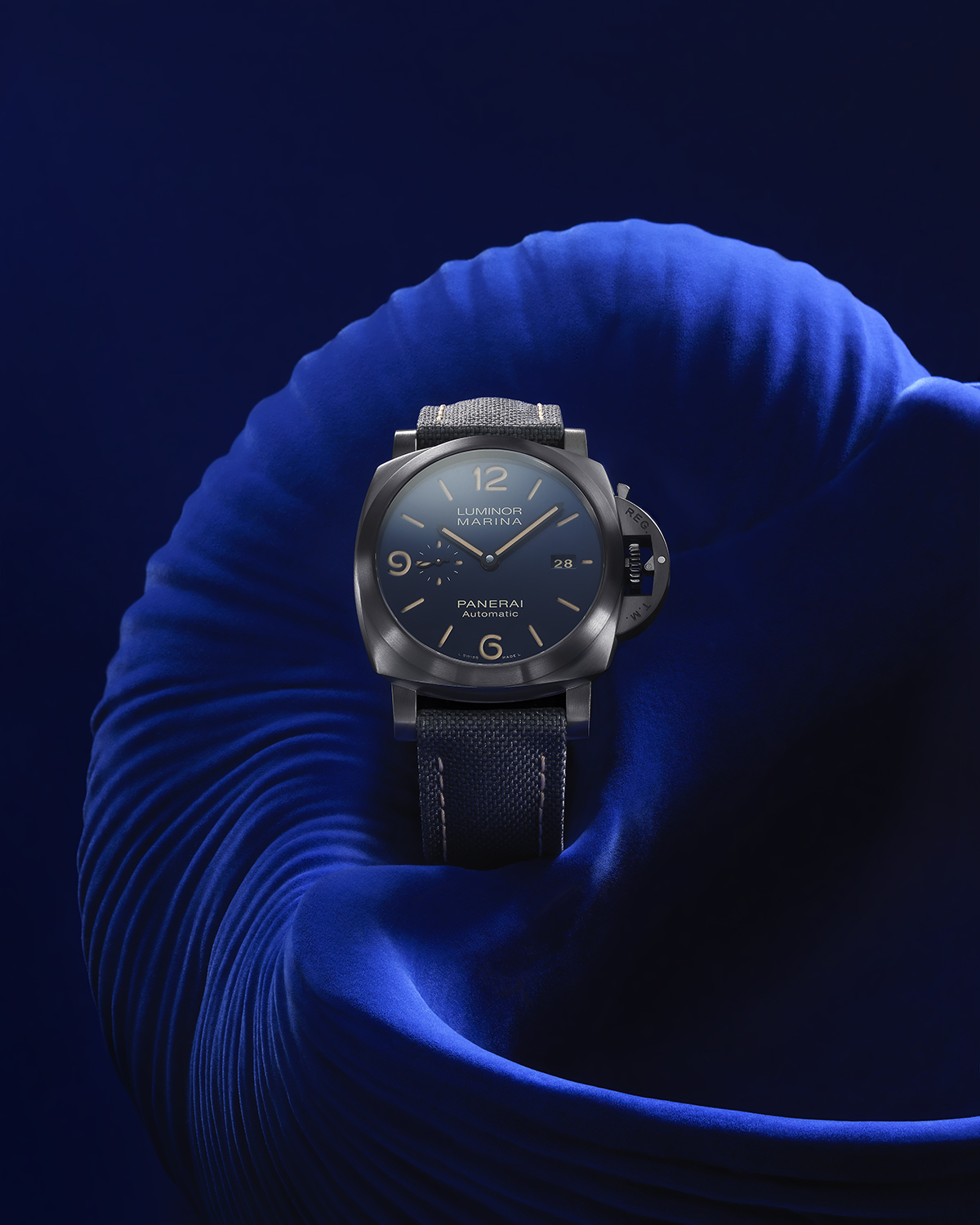





Recent Comments